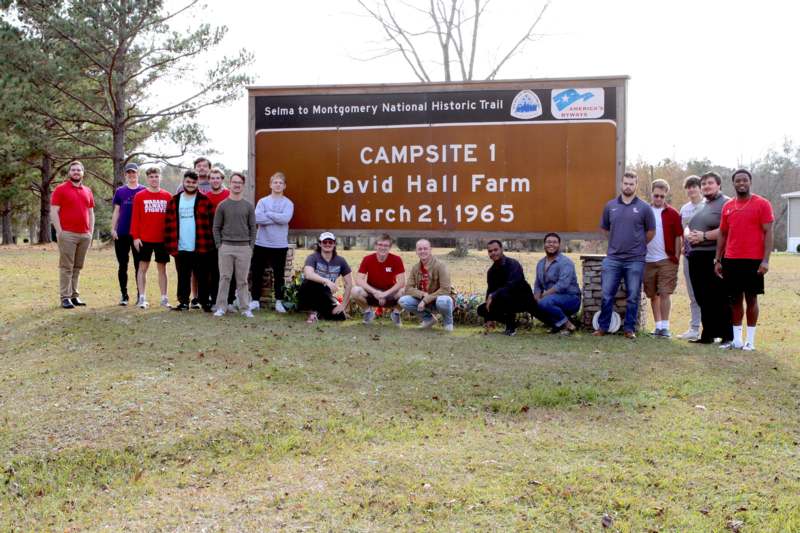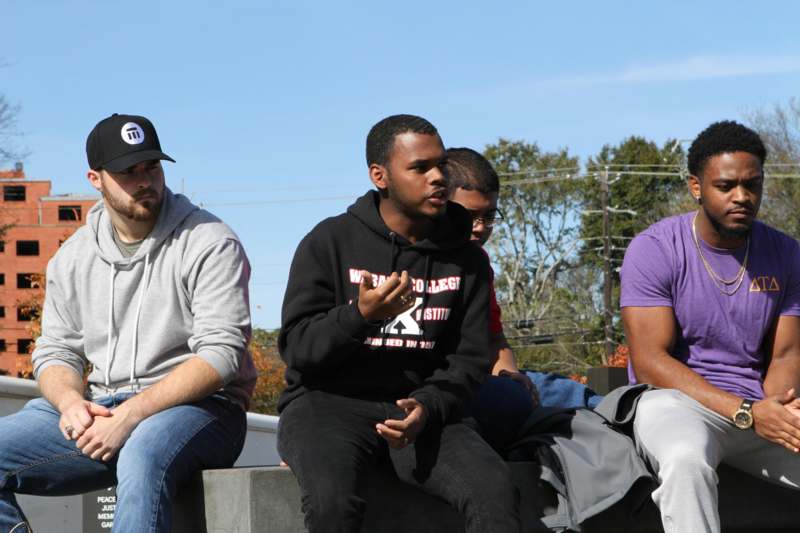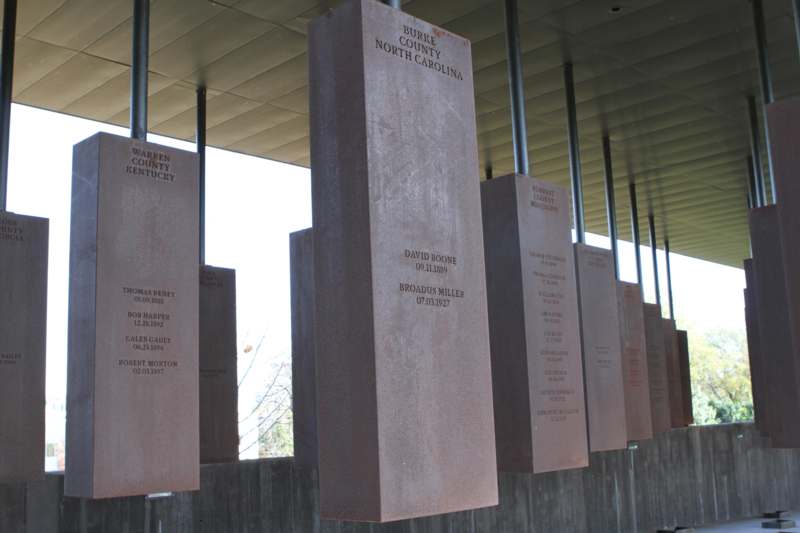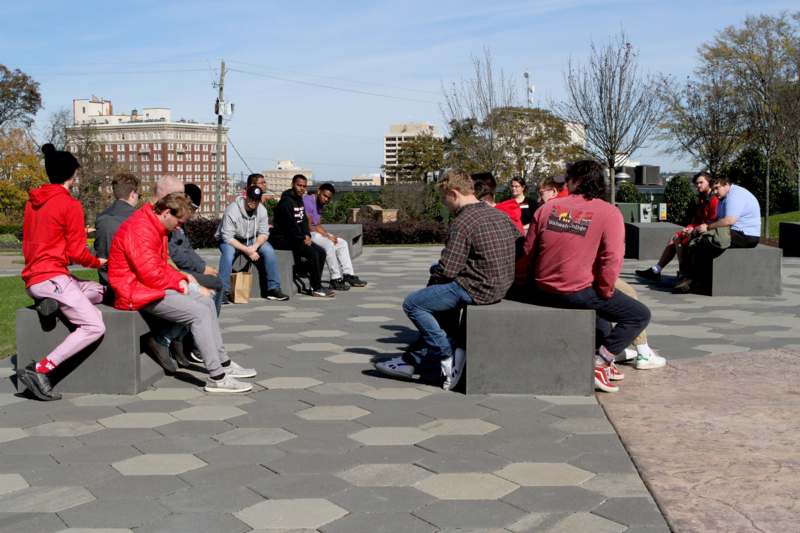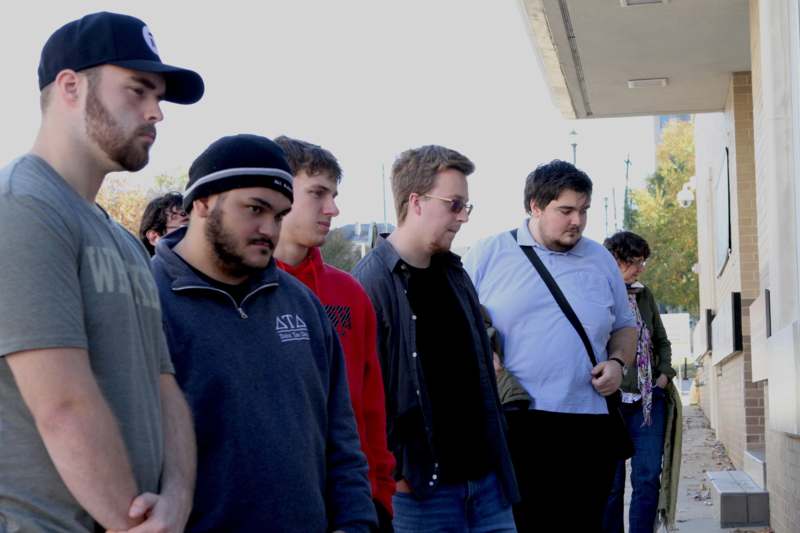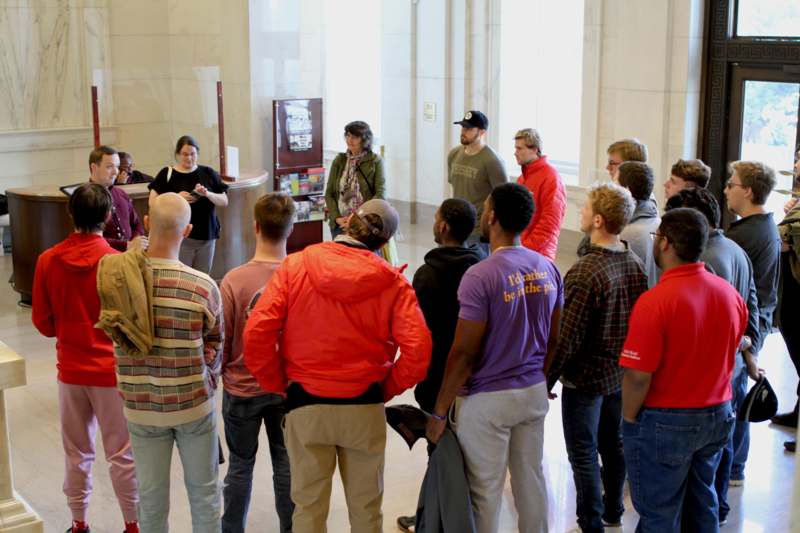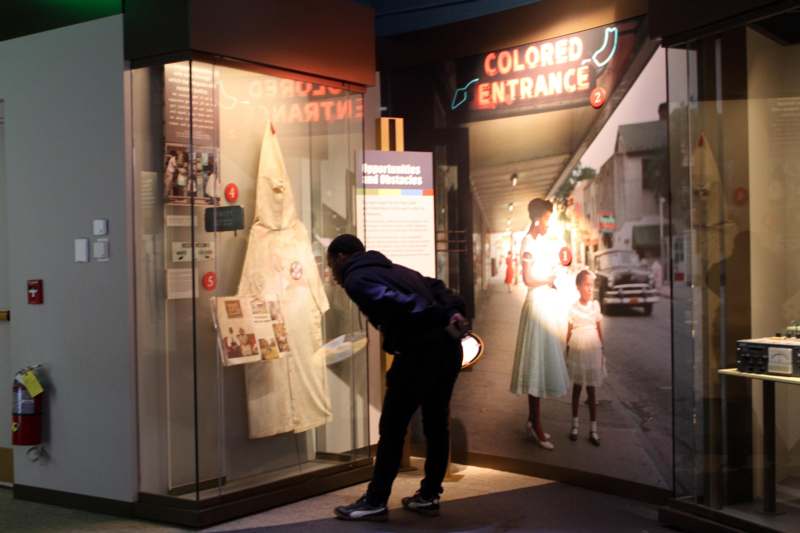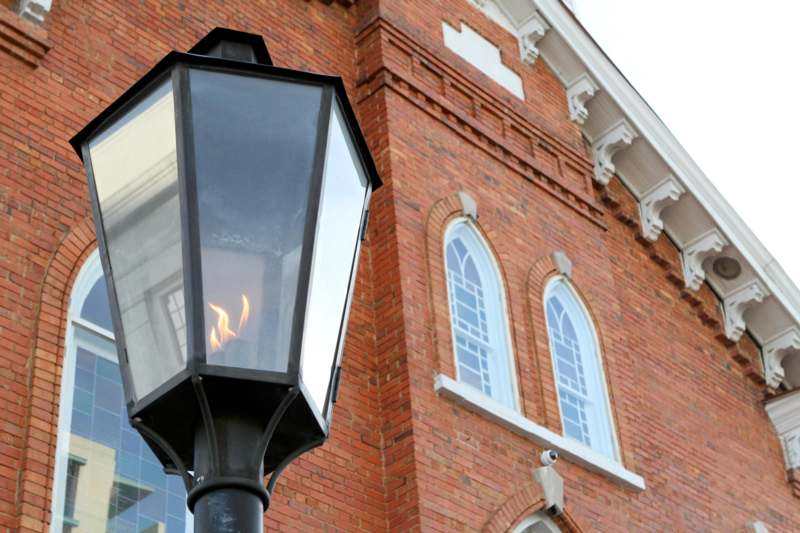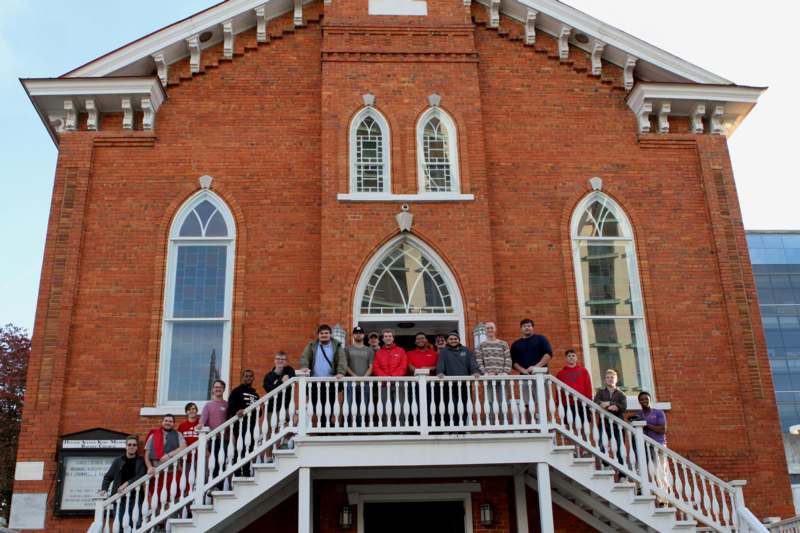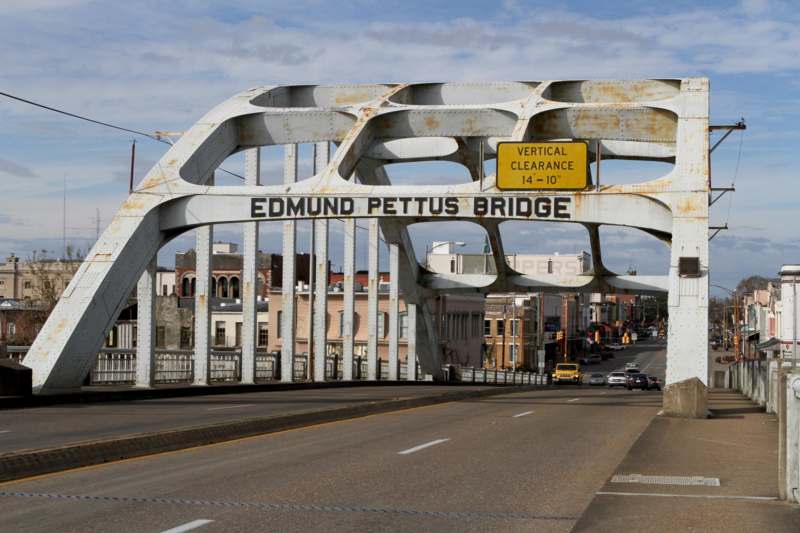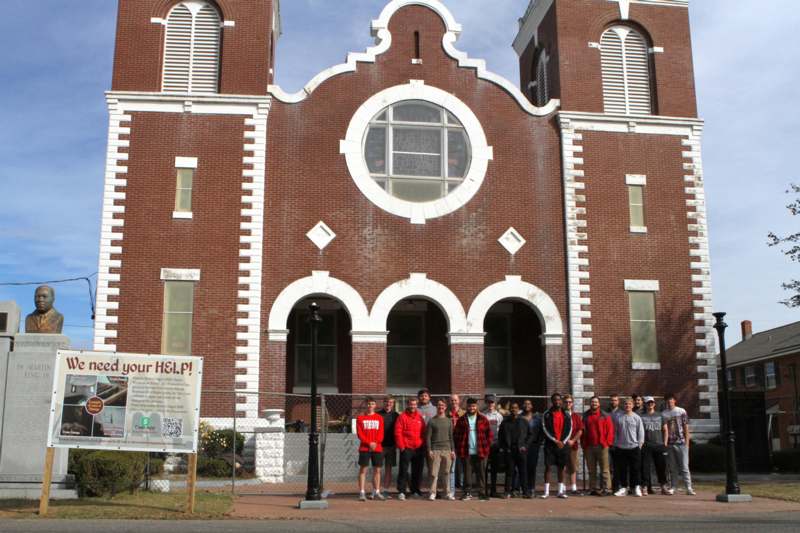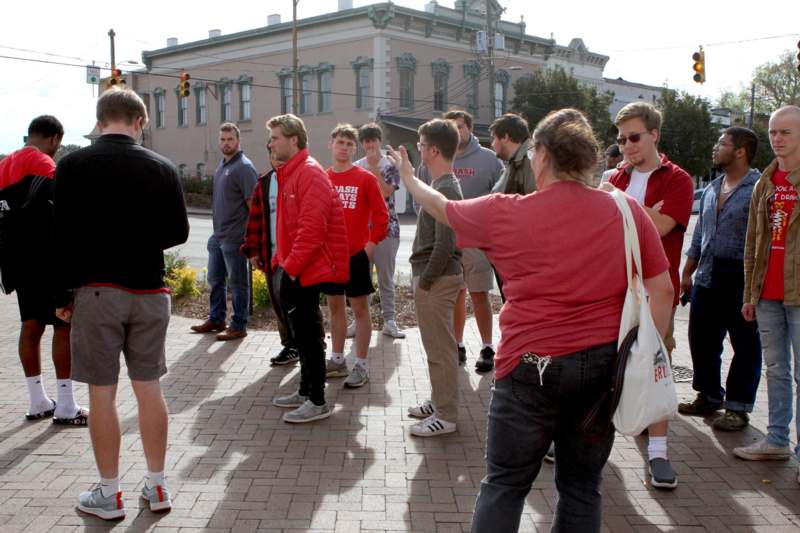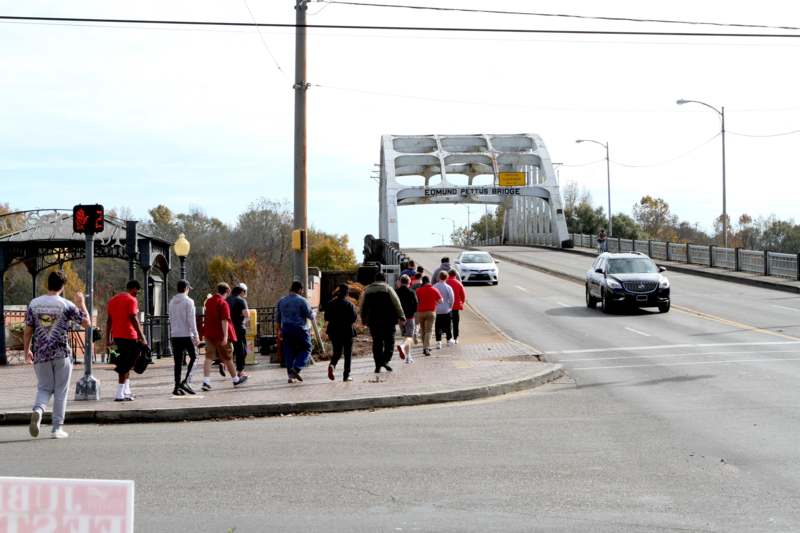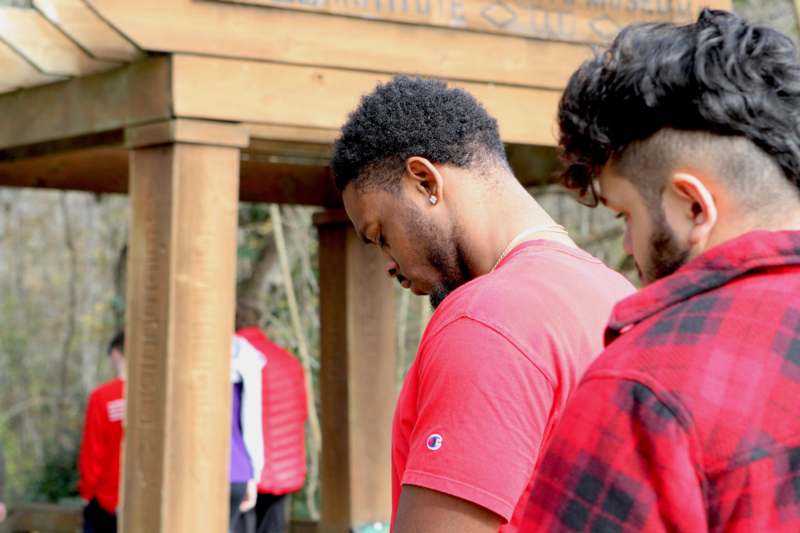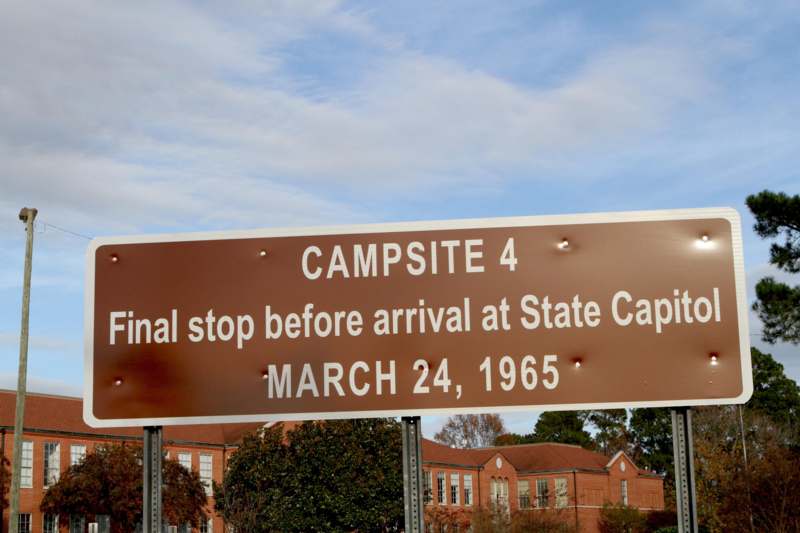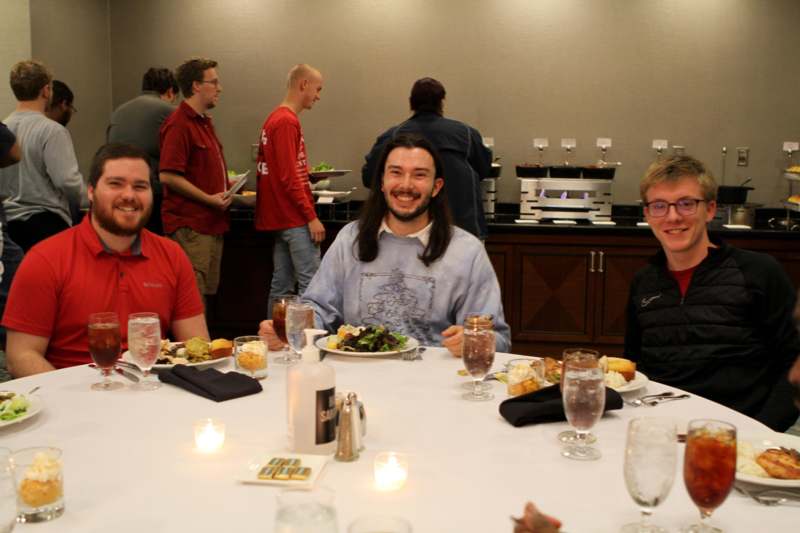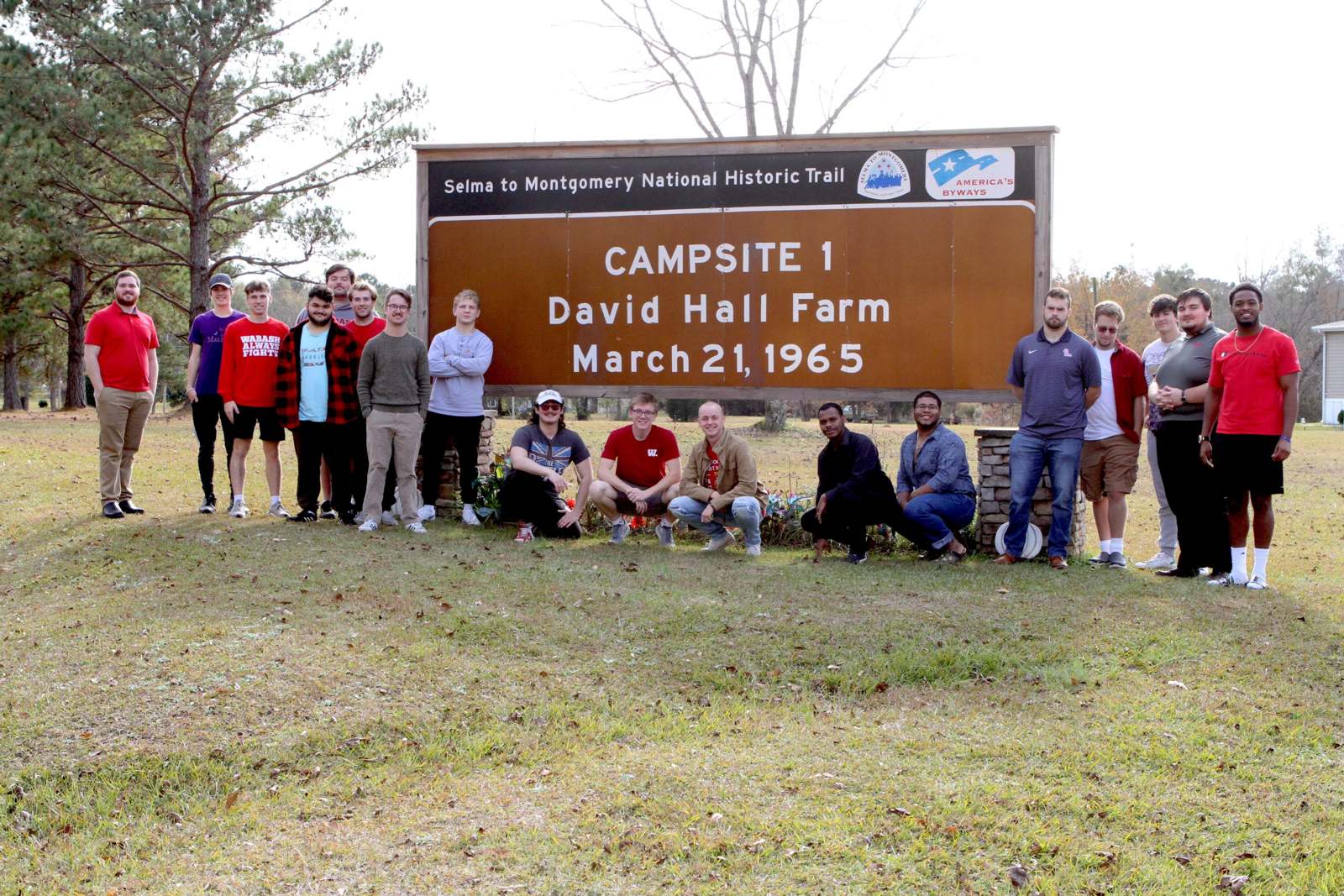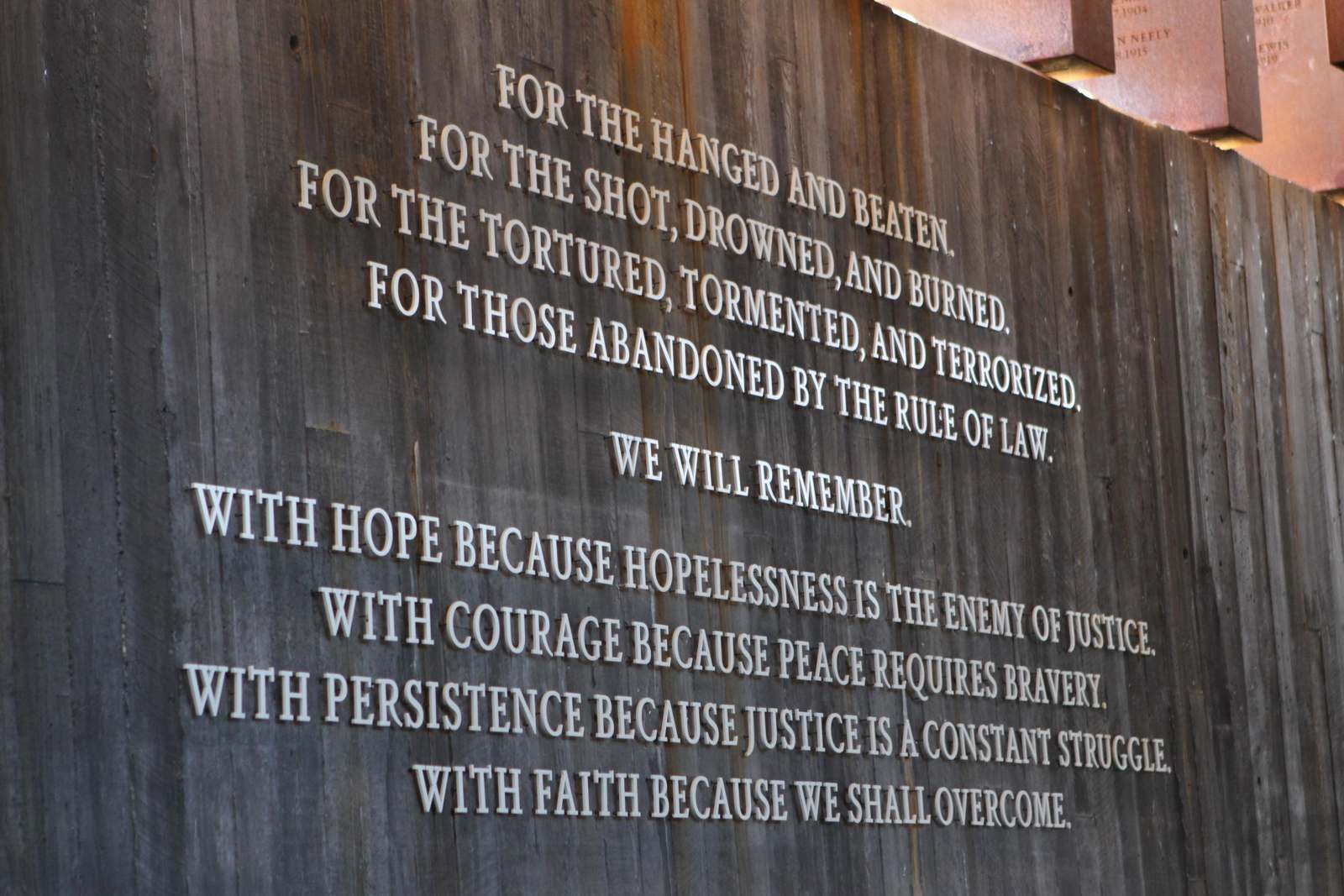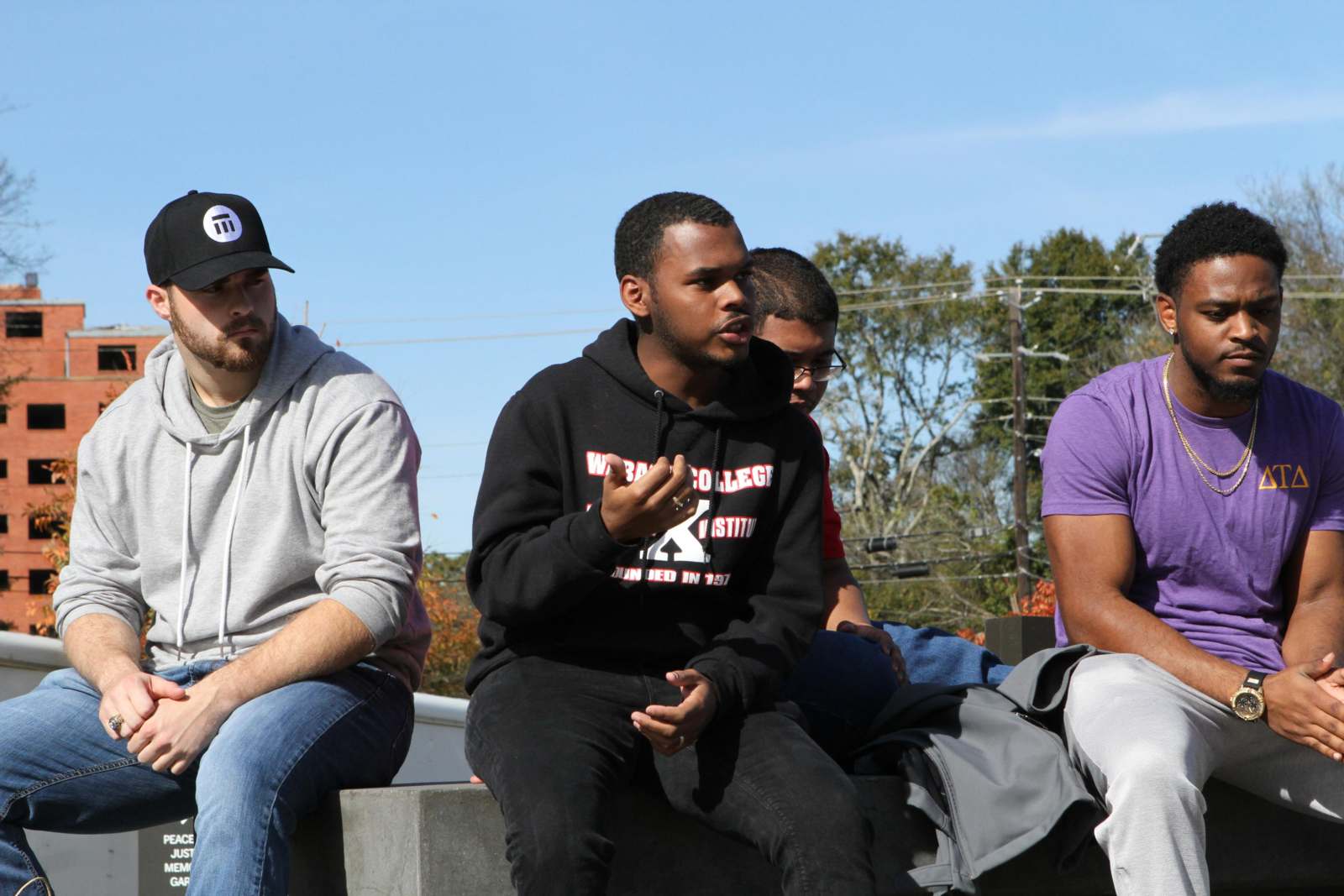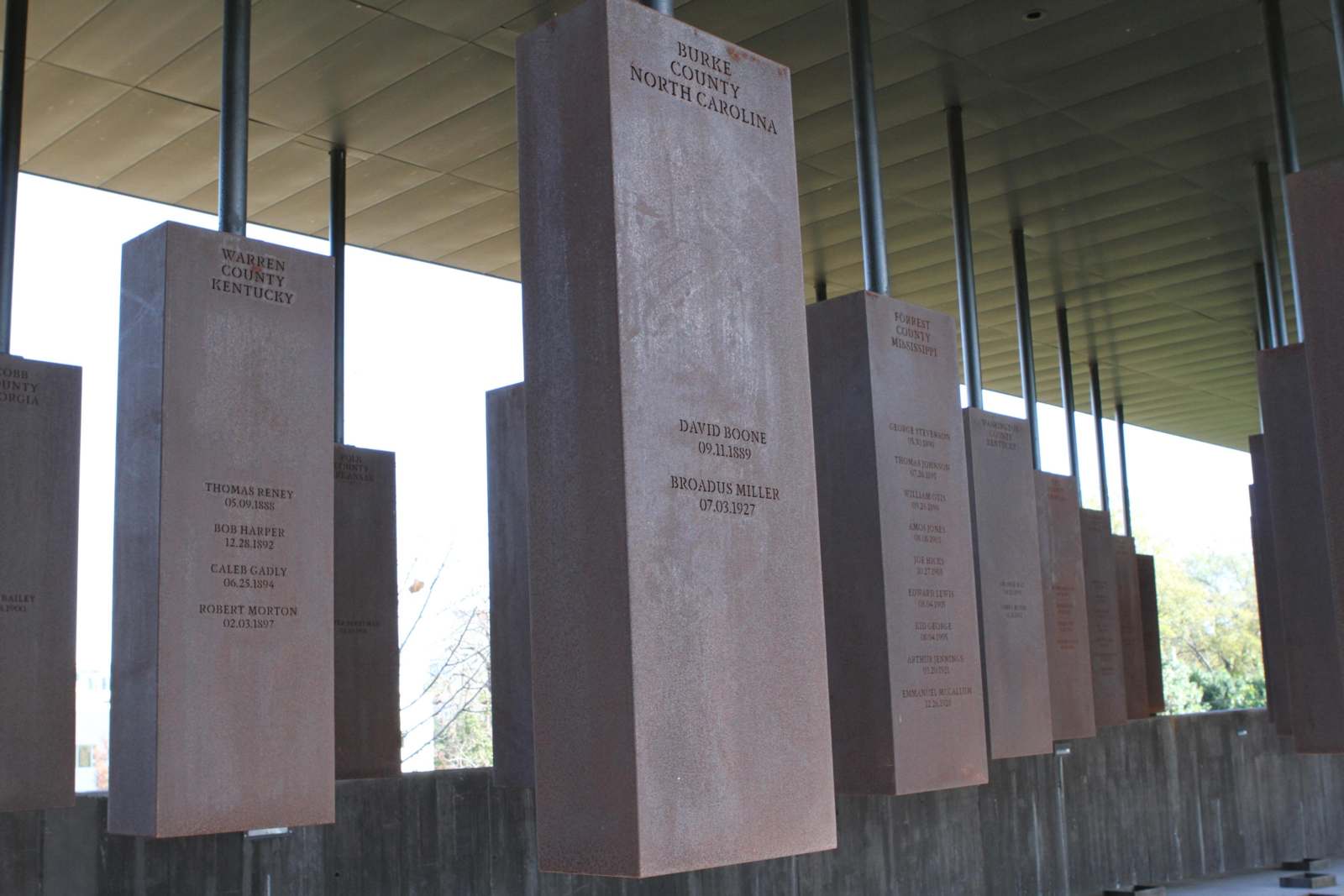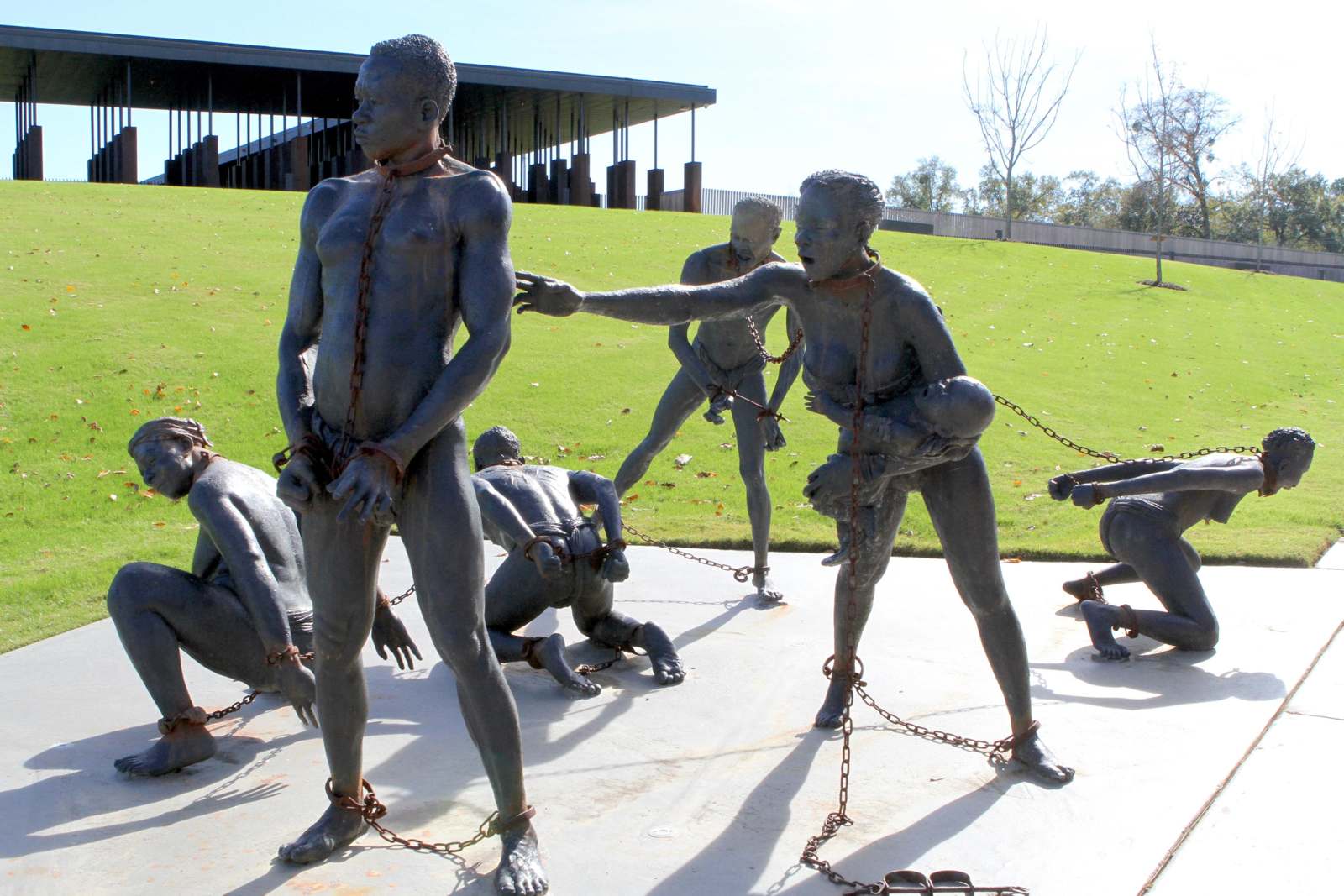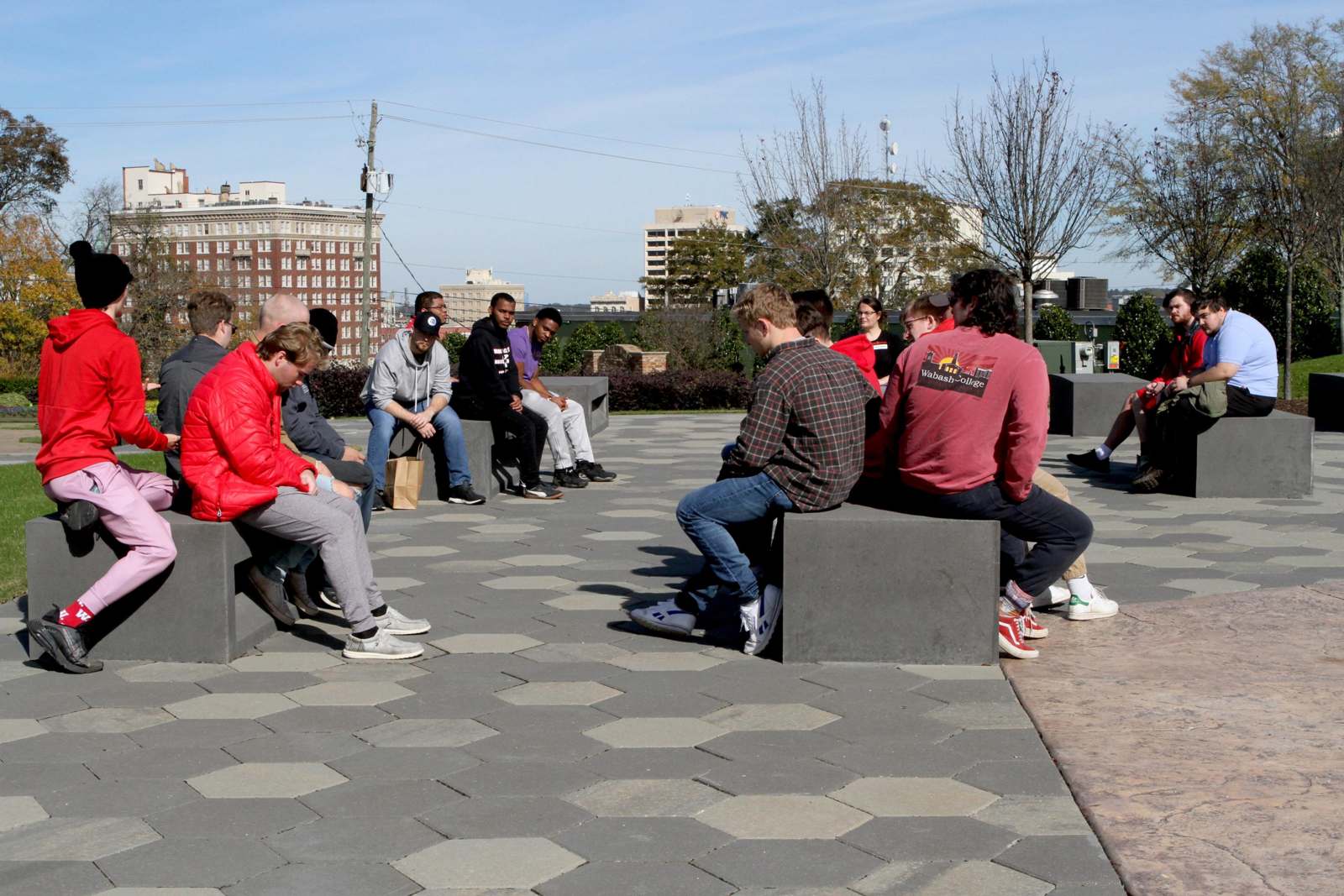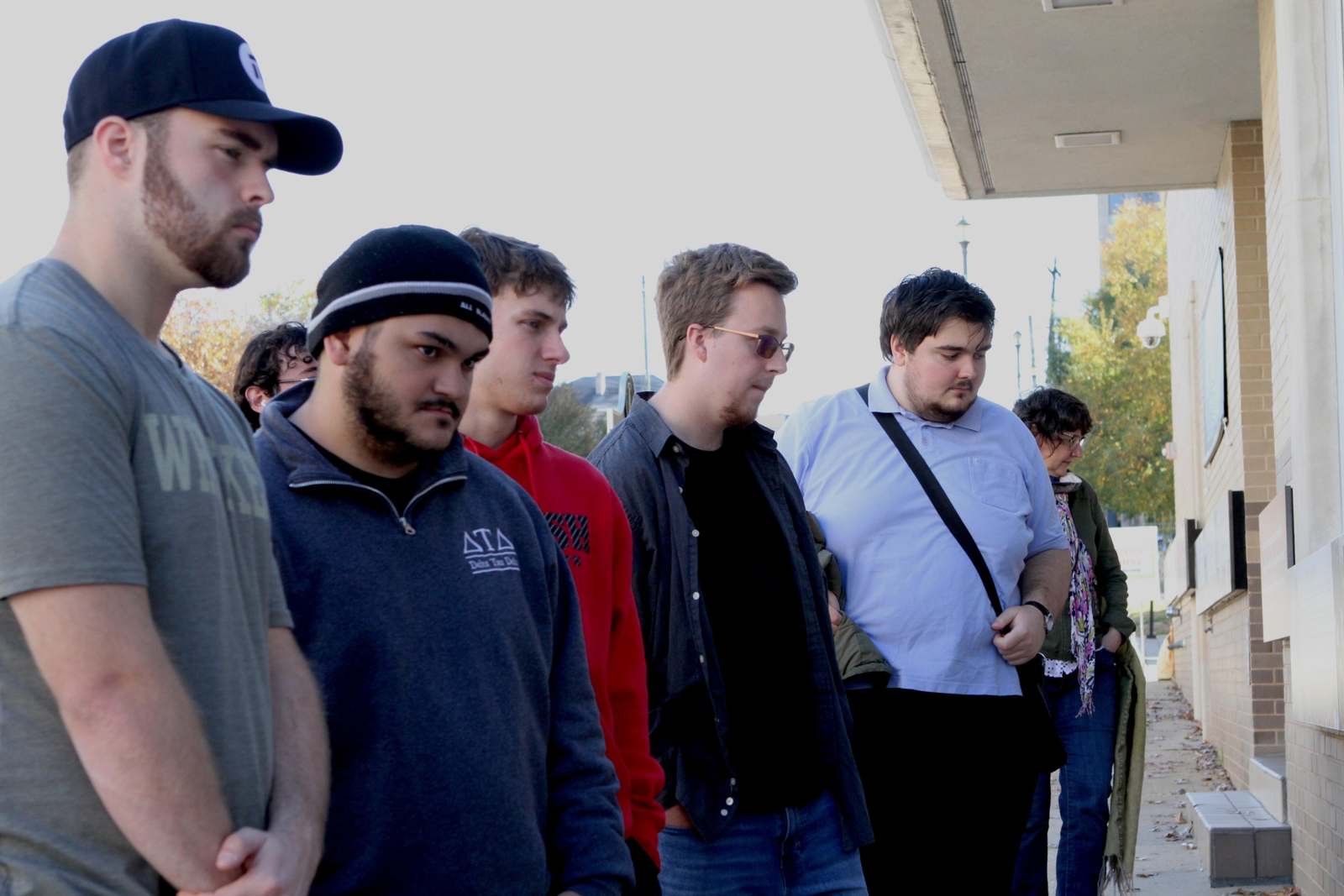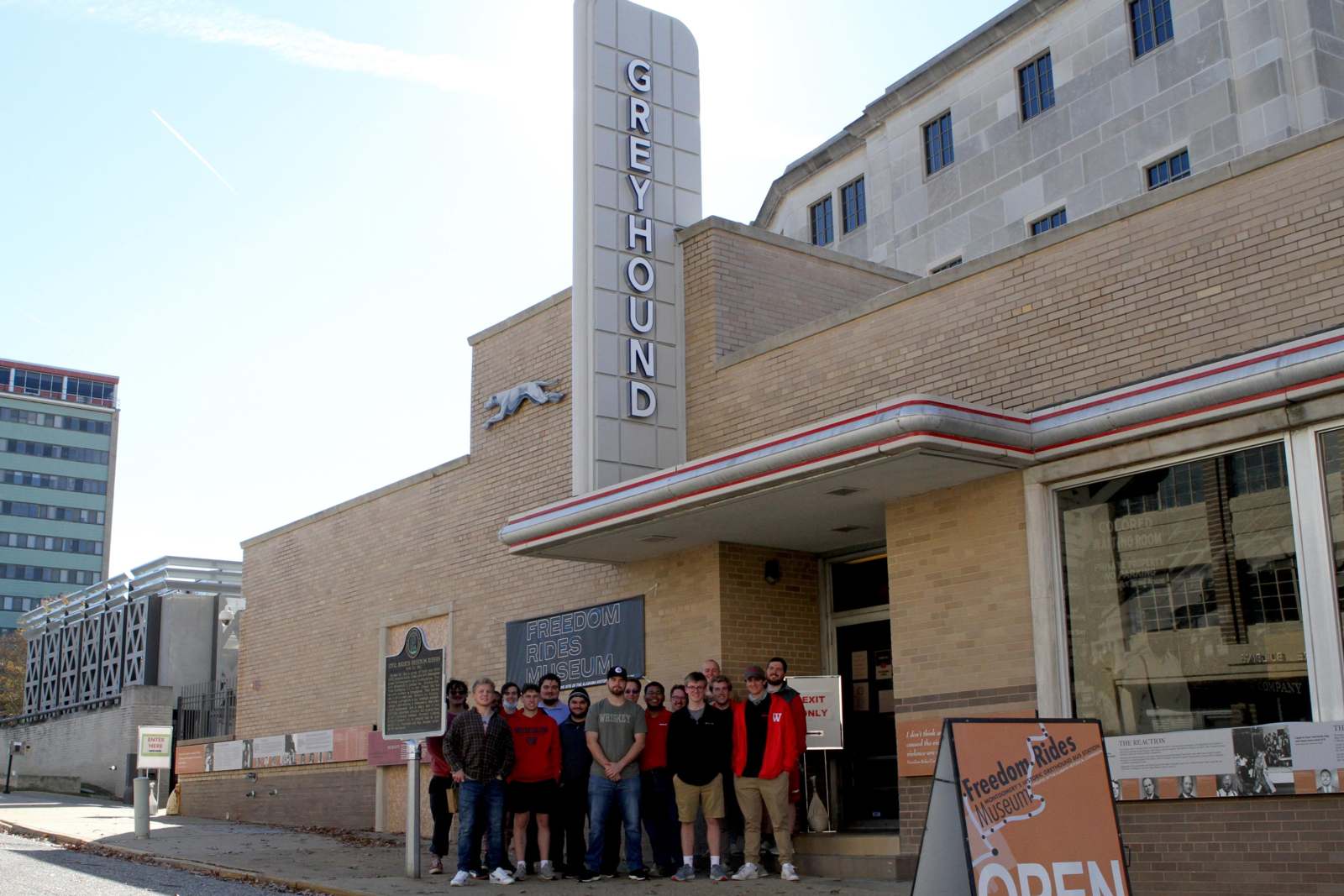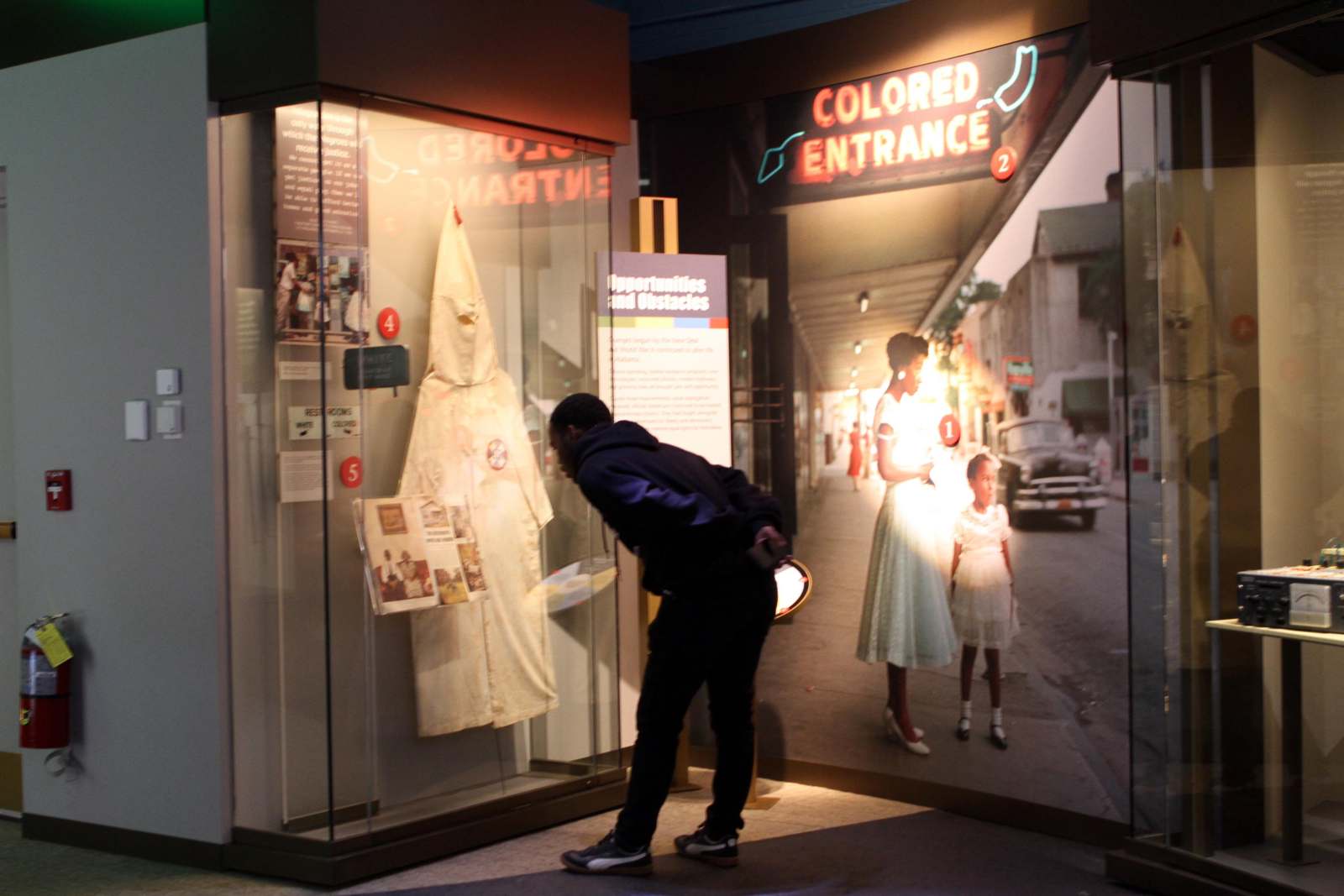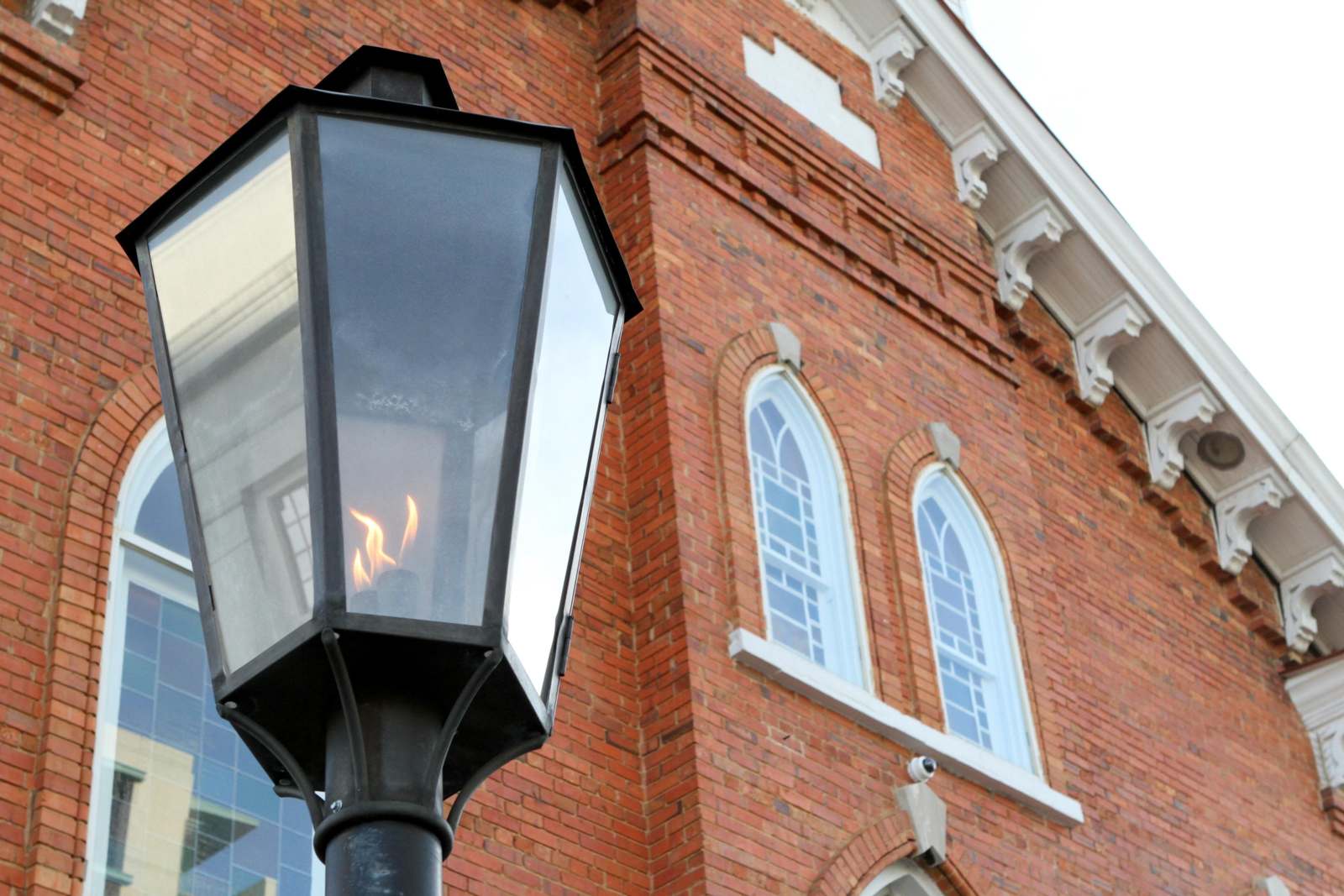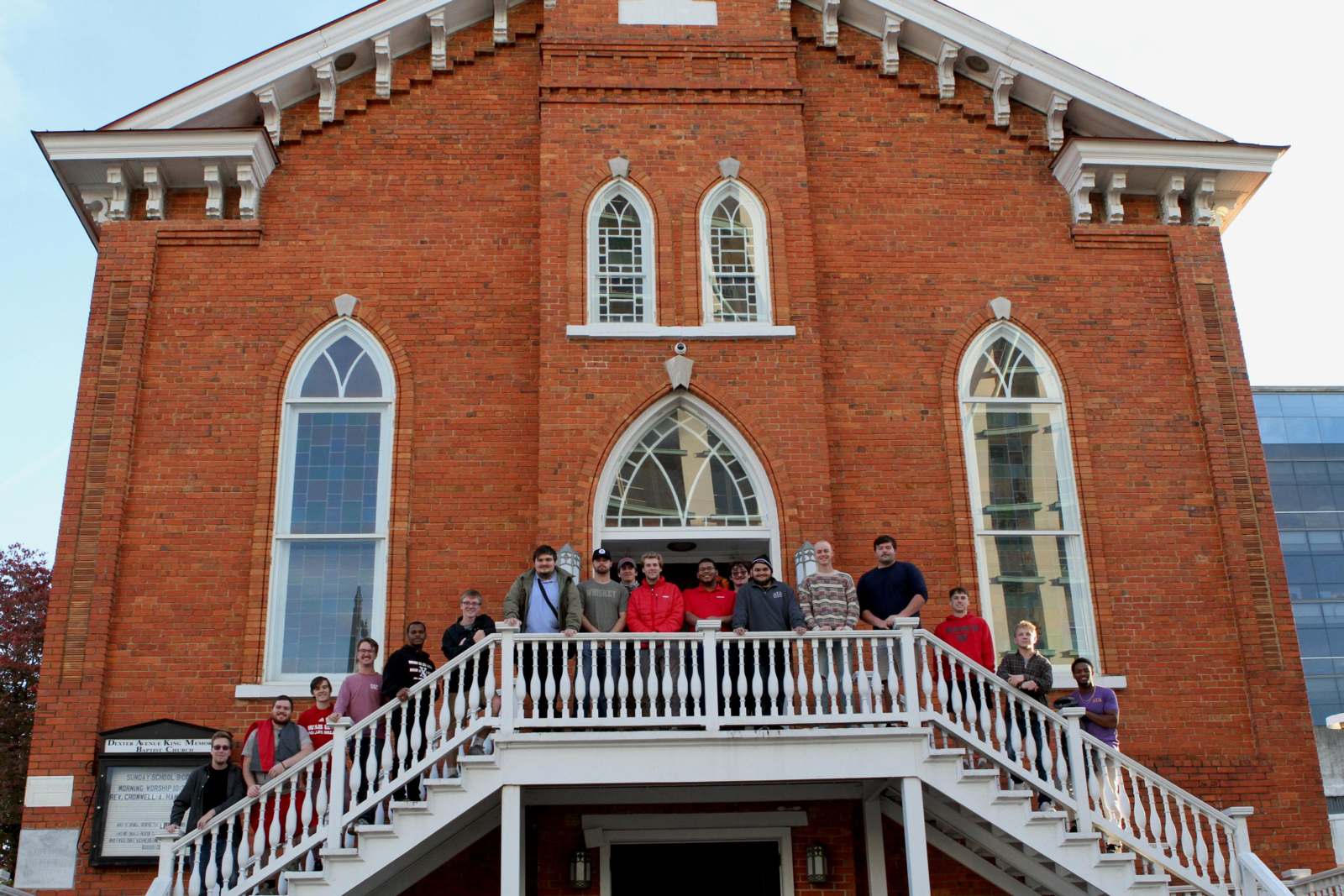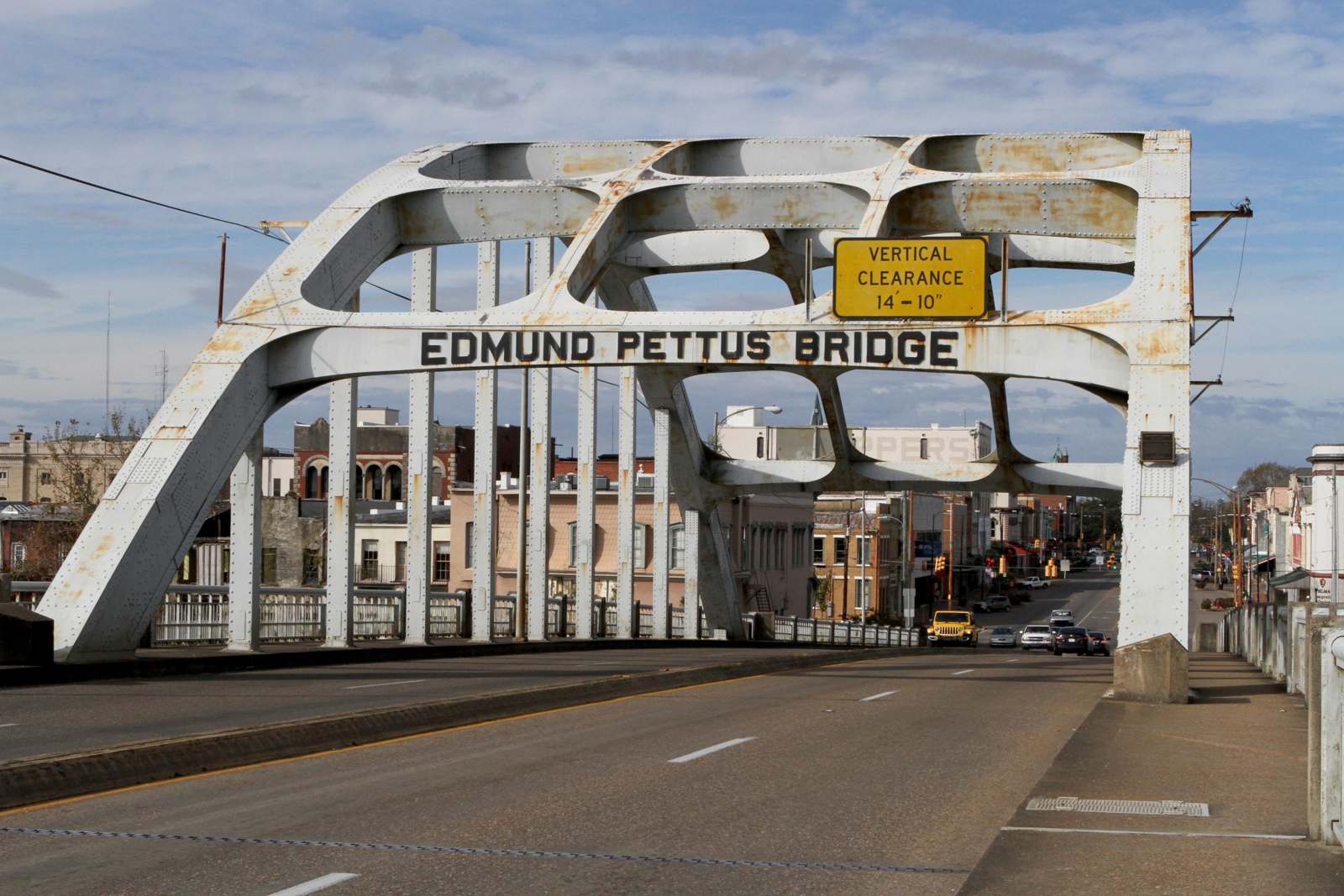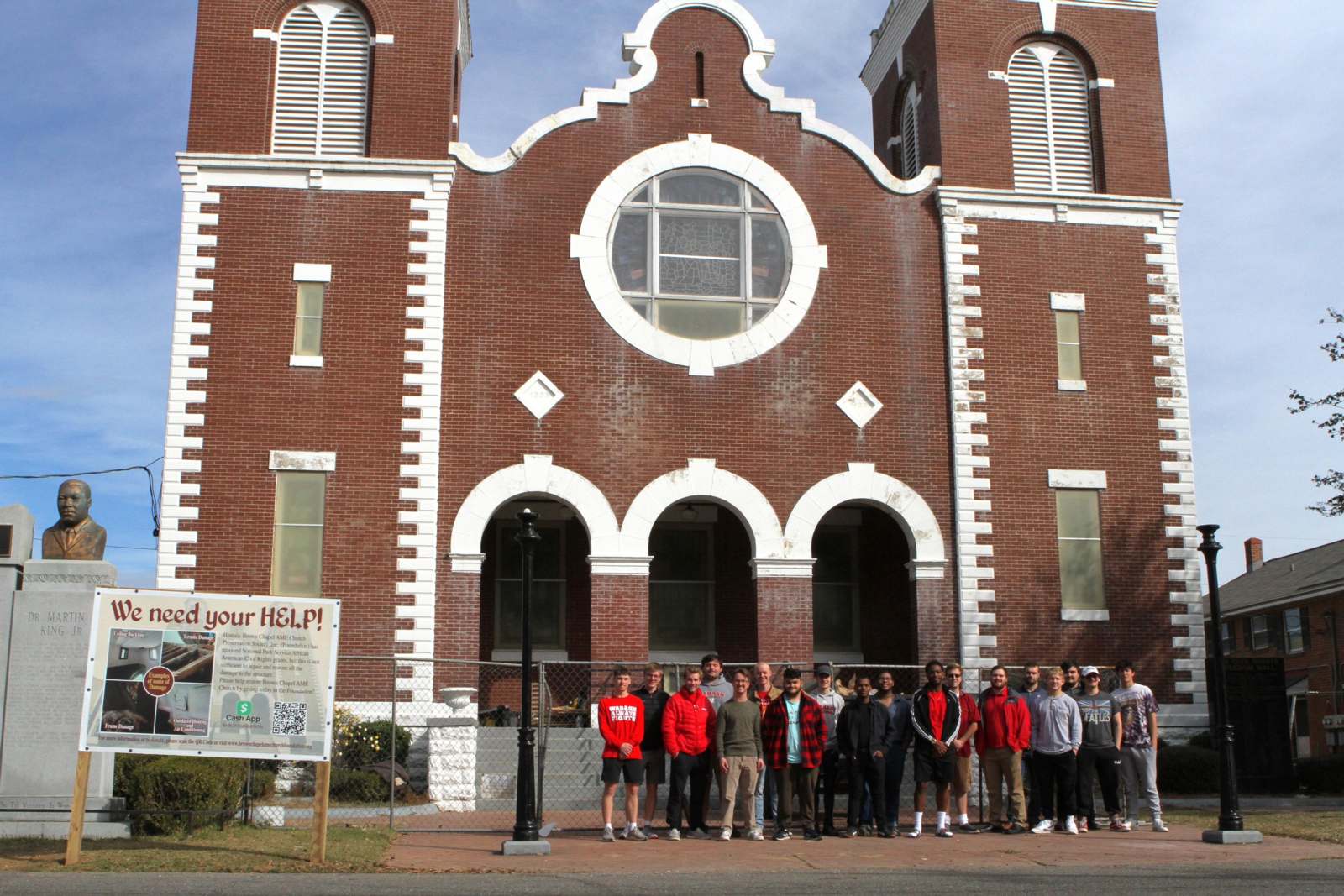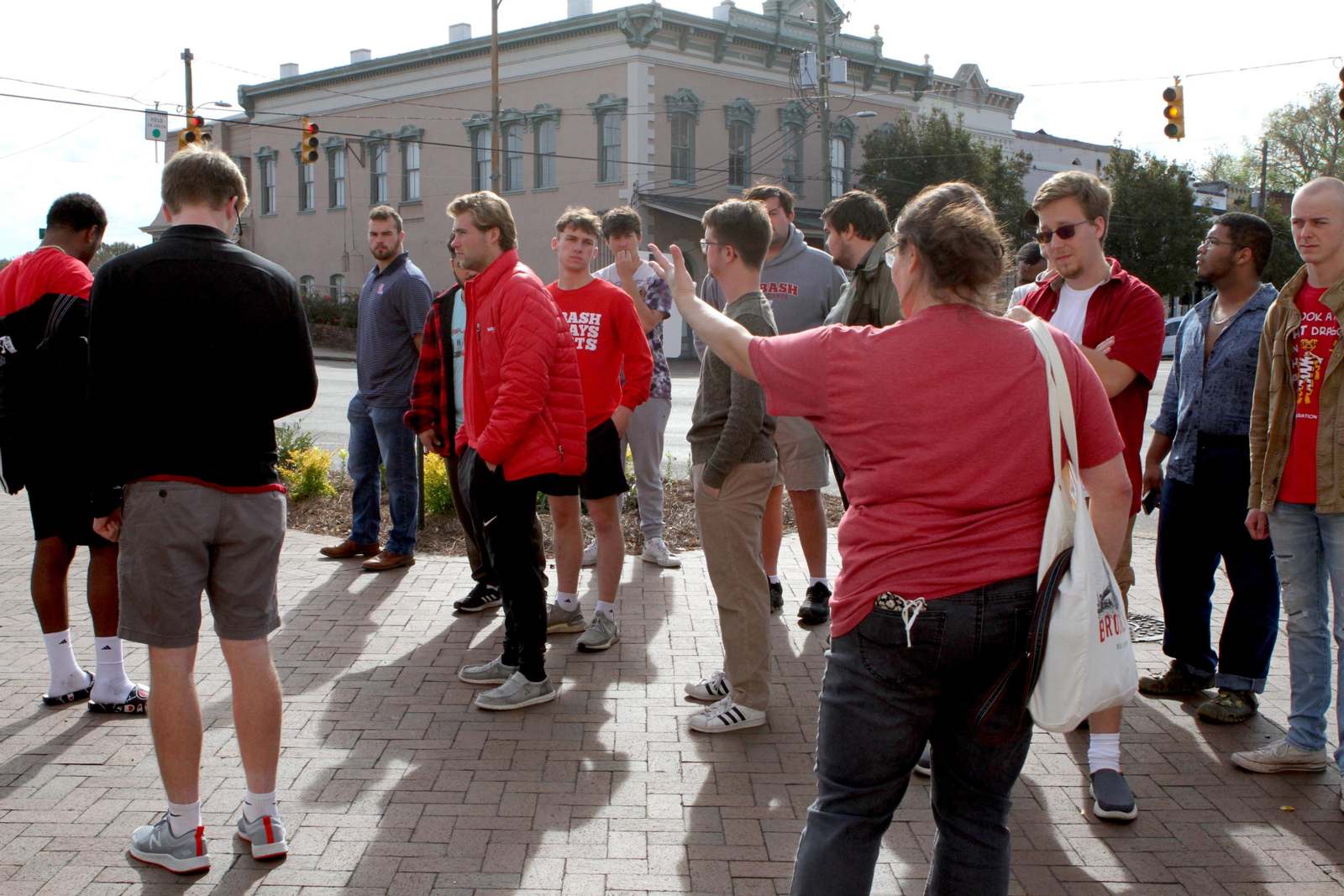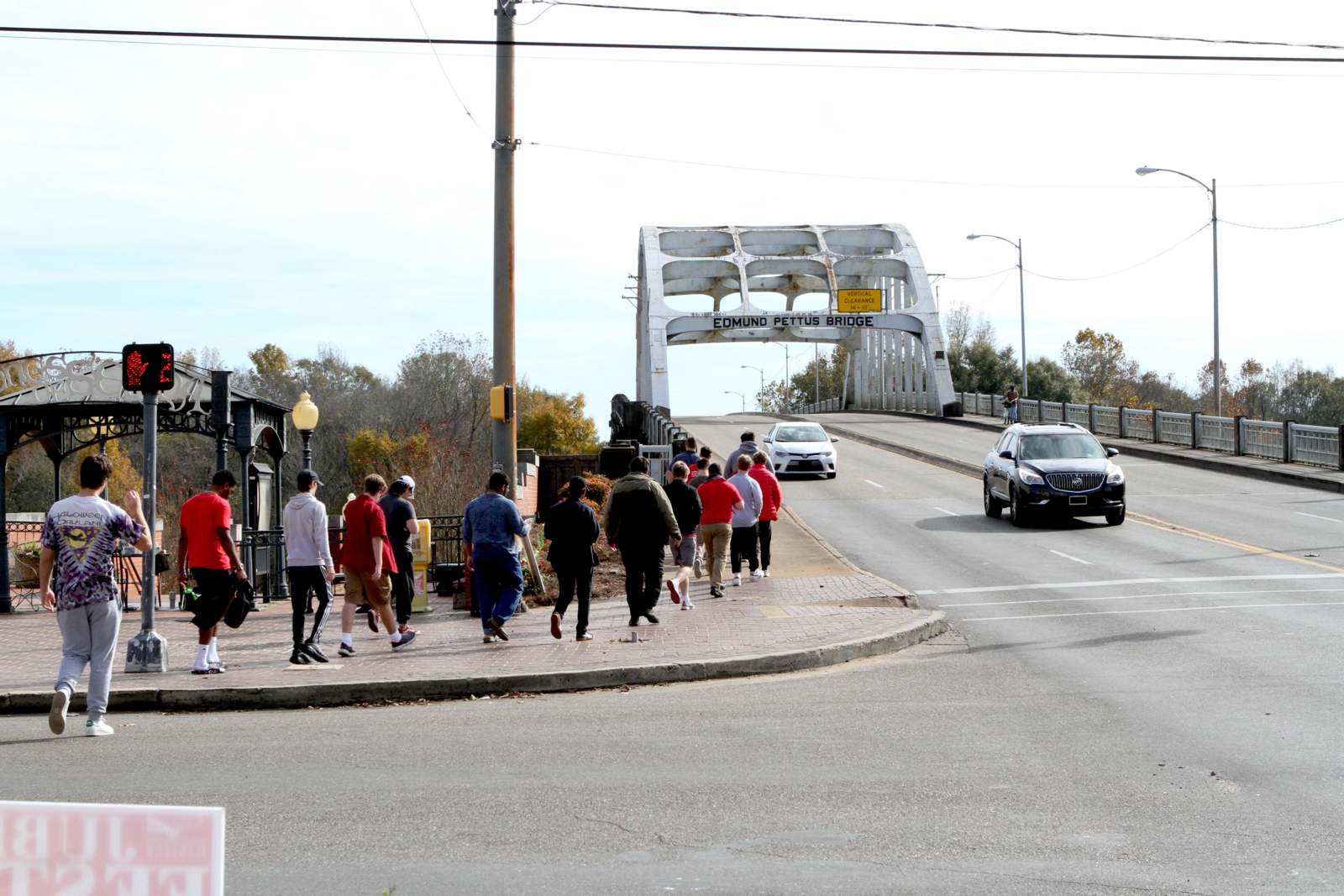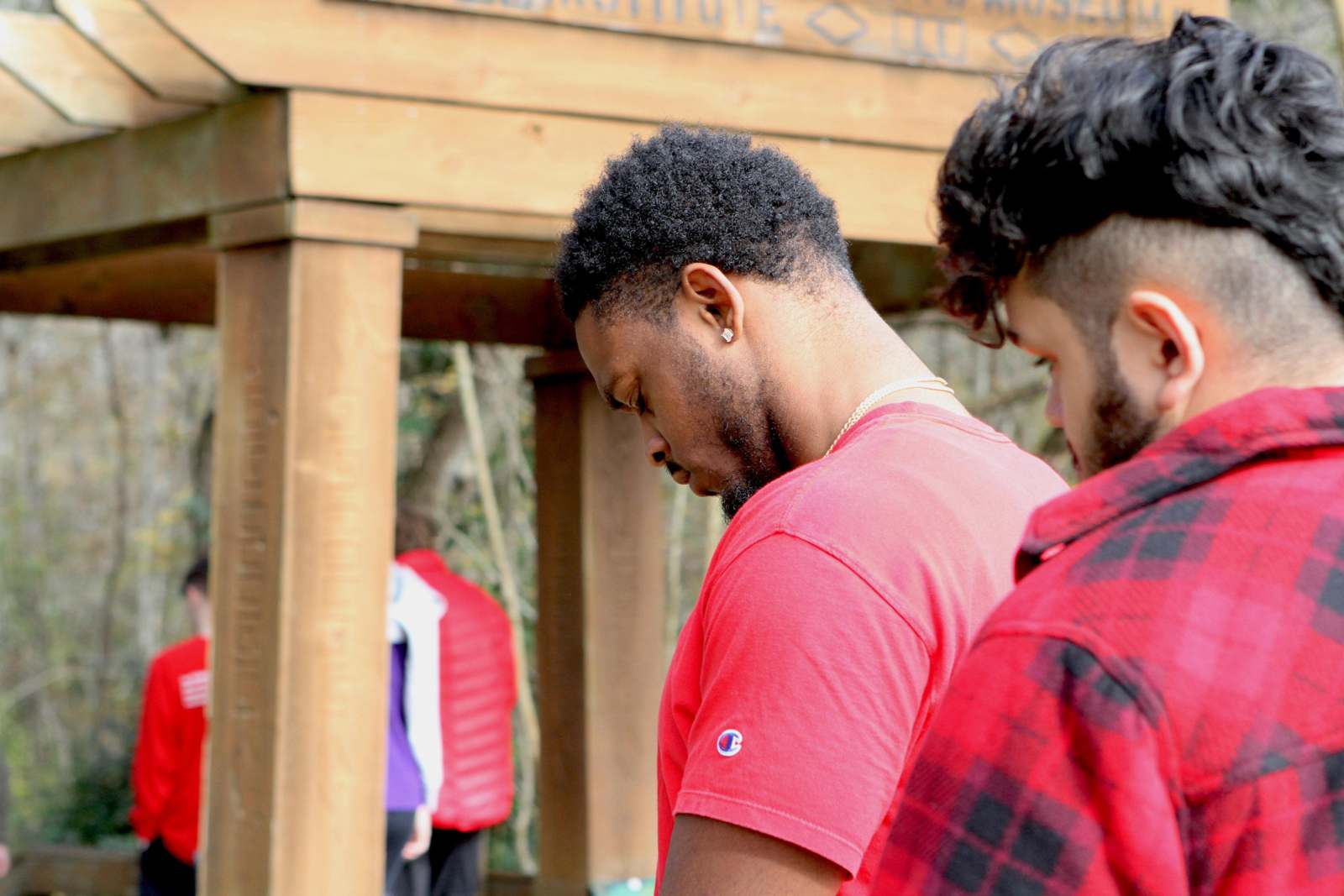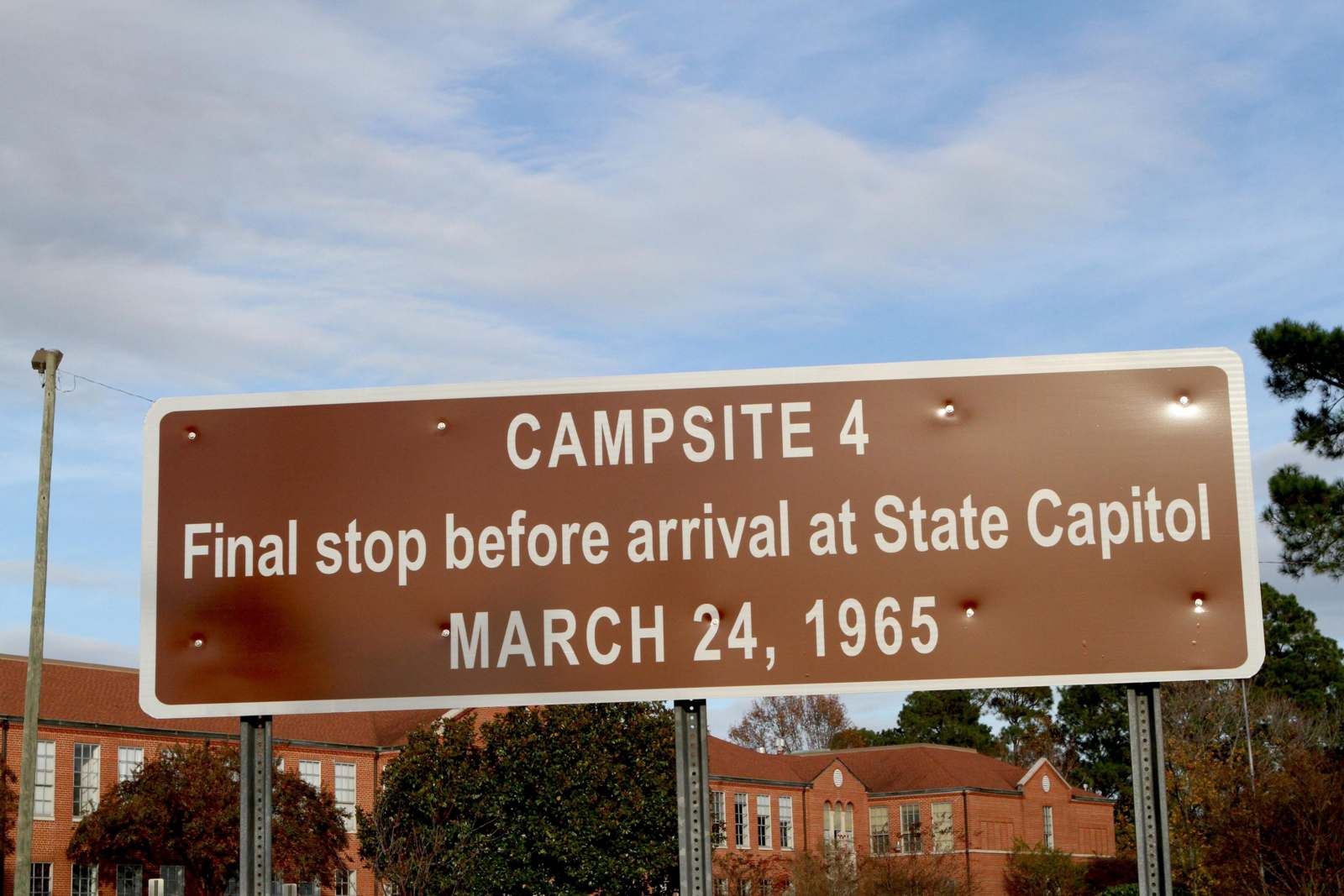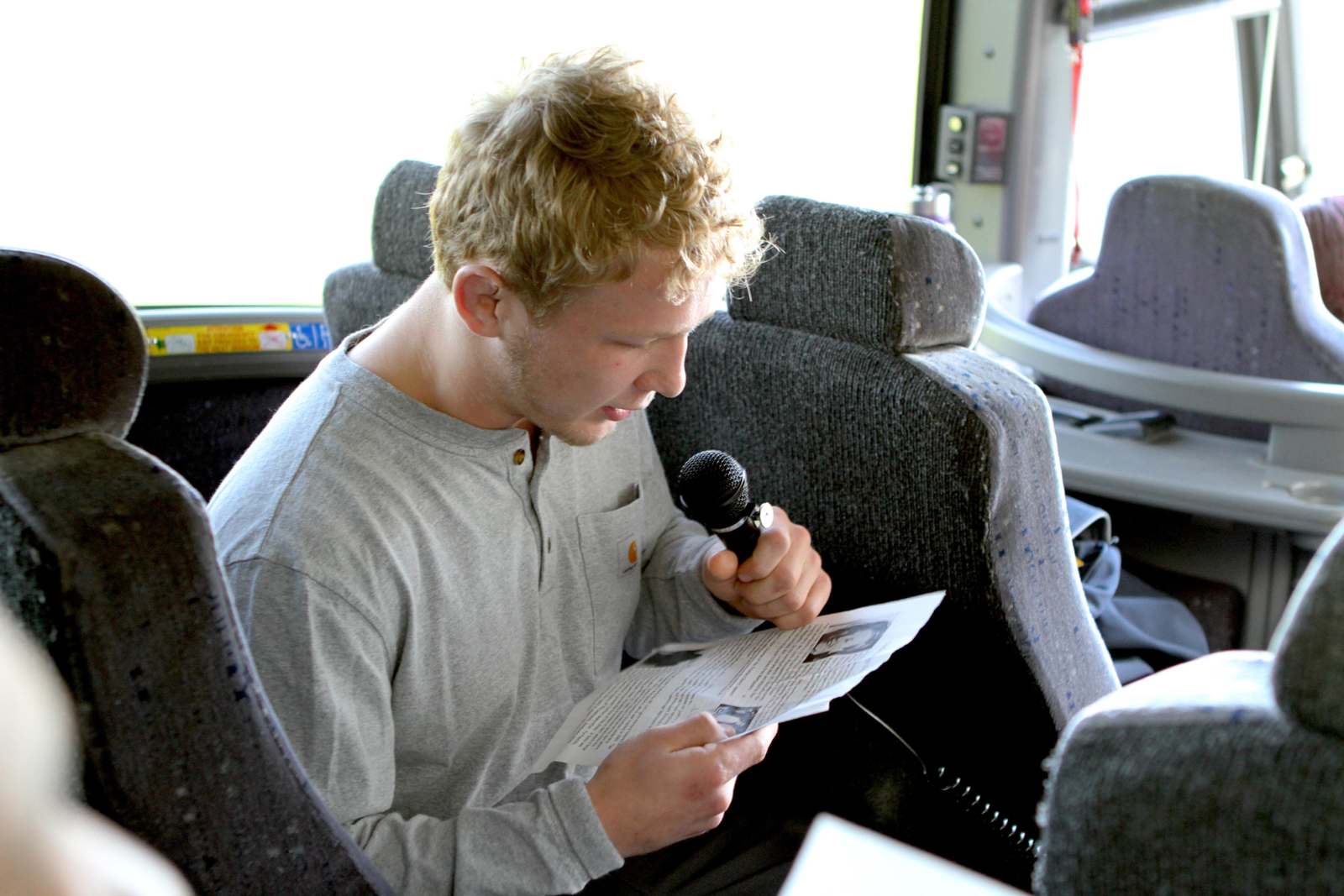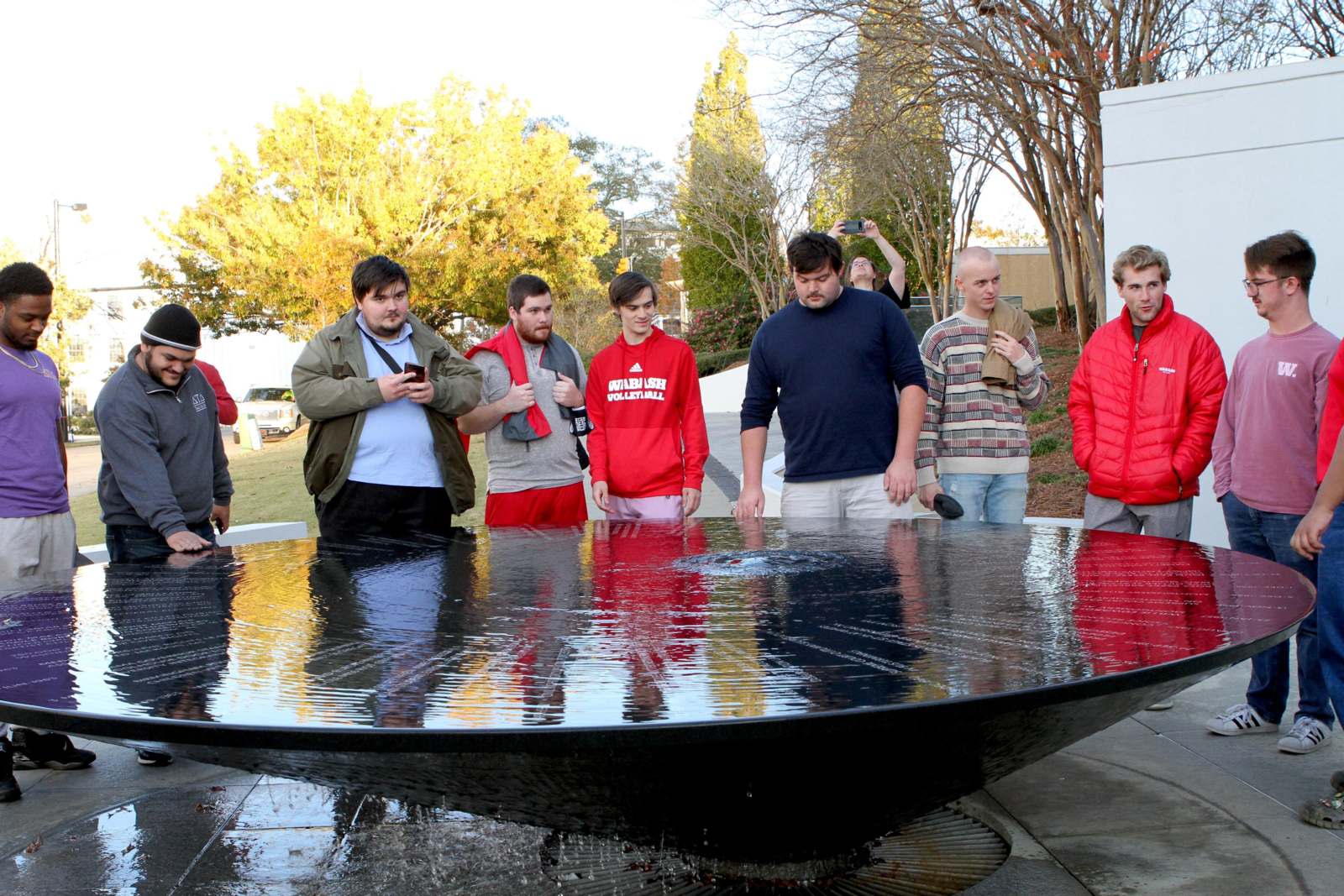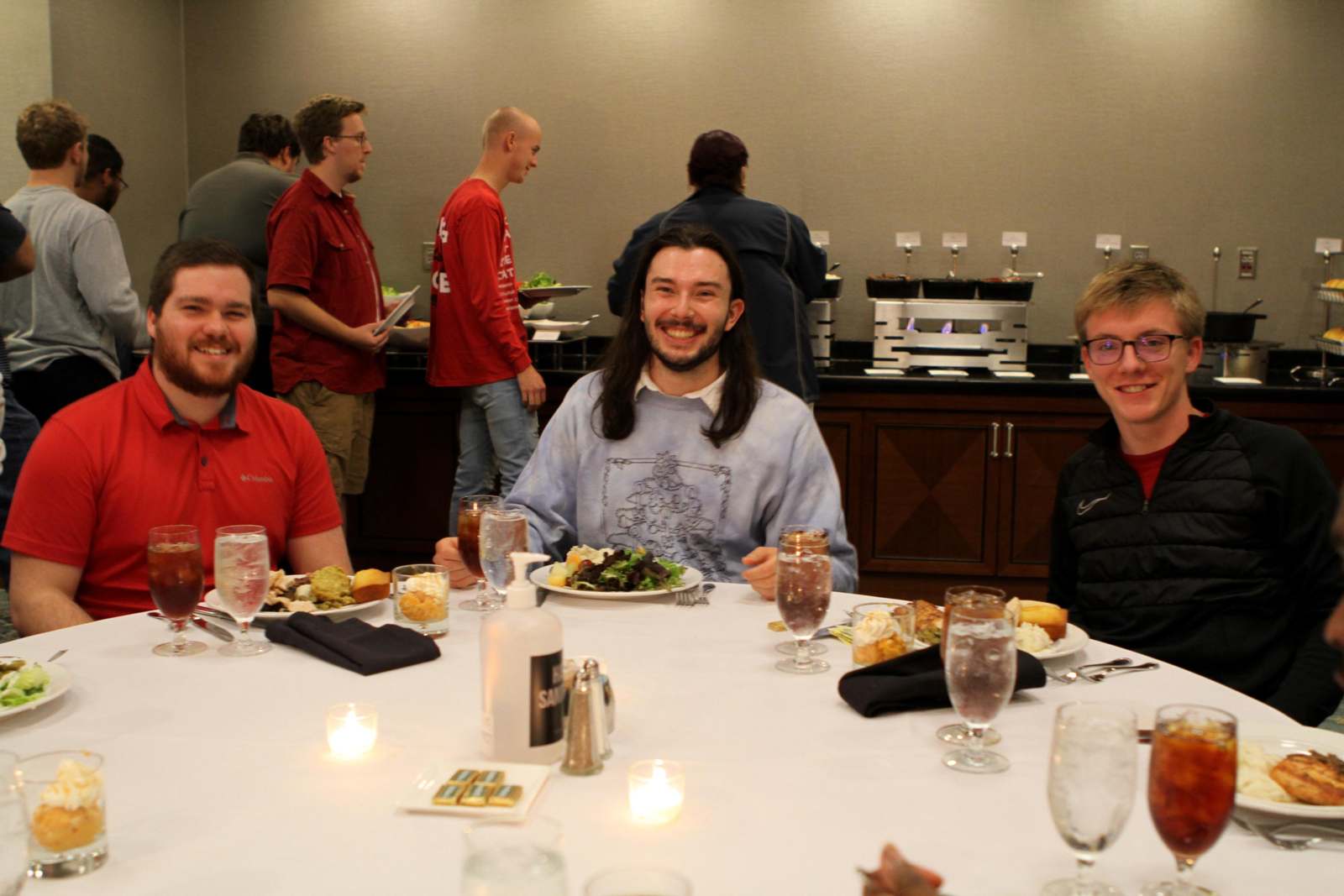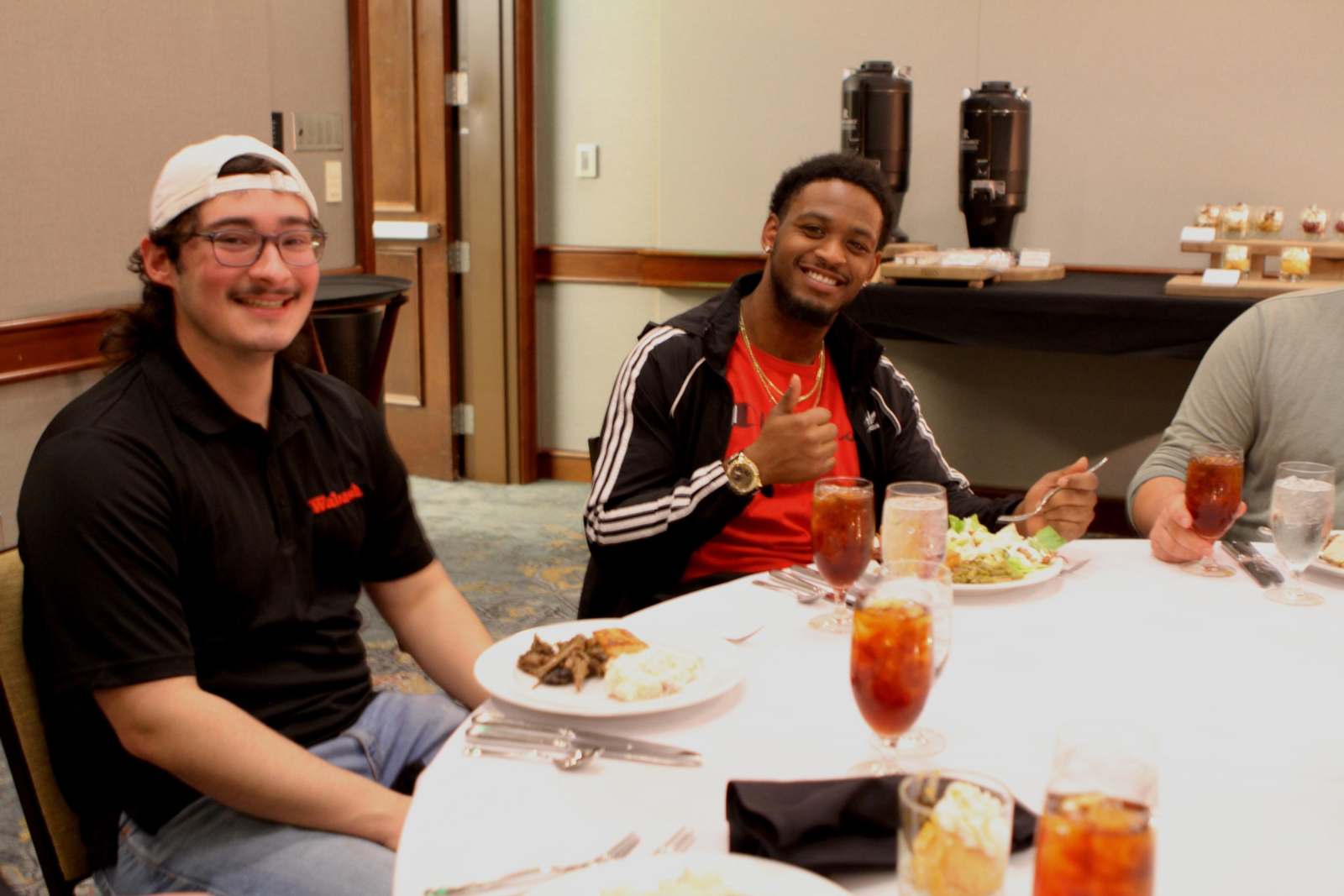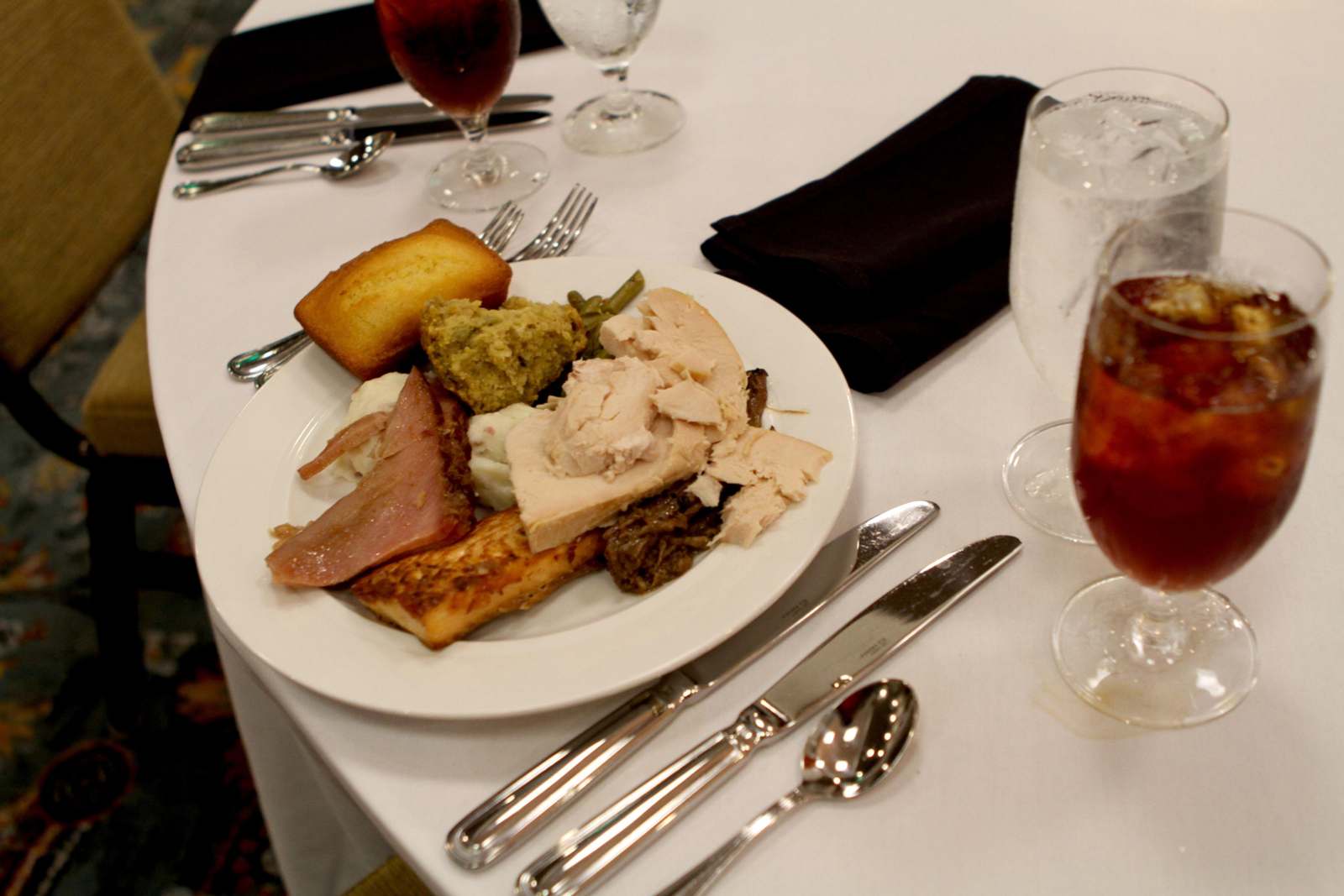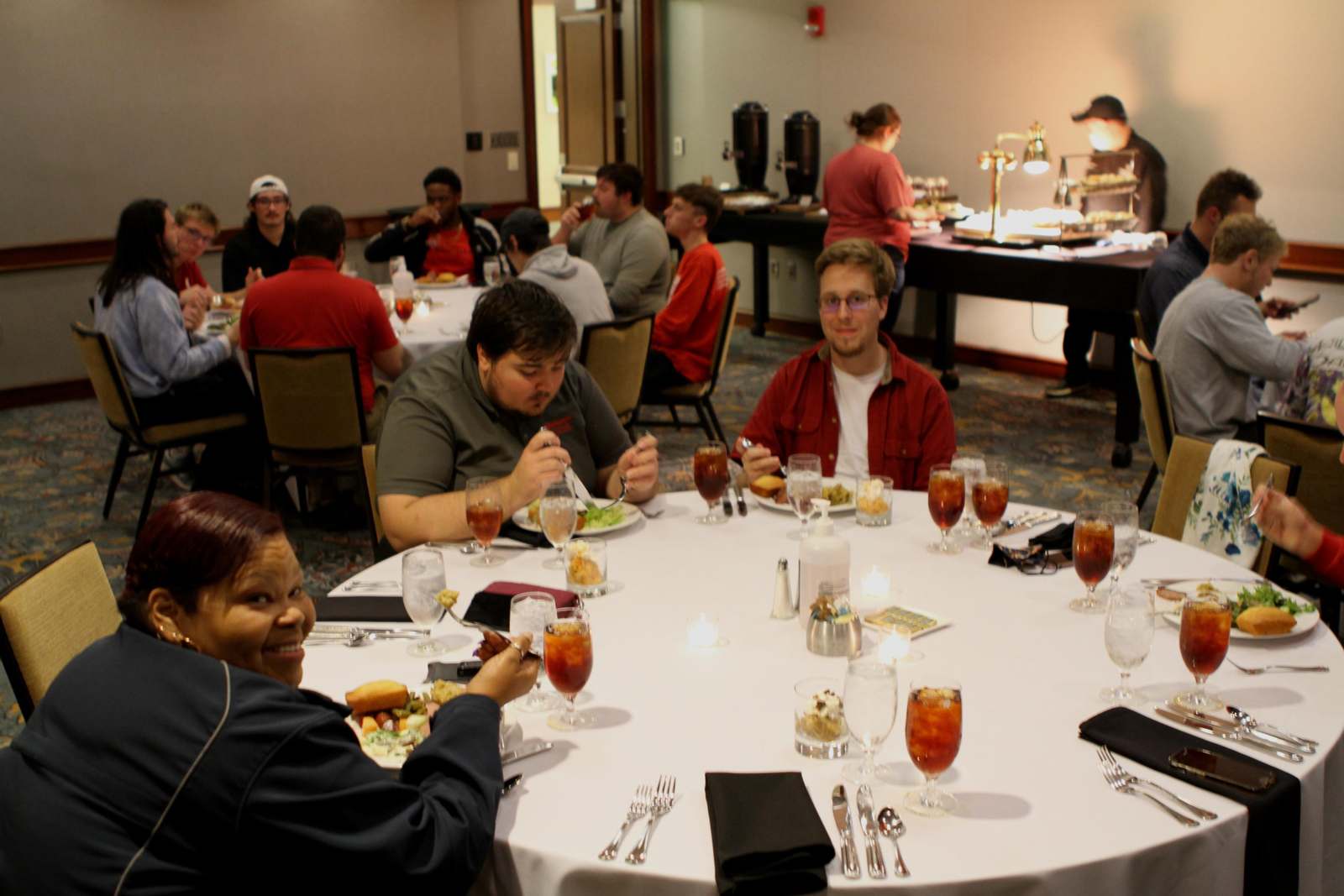Civil Rights Road Trip - Montgomery and Selma
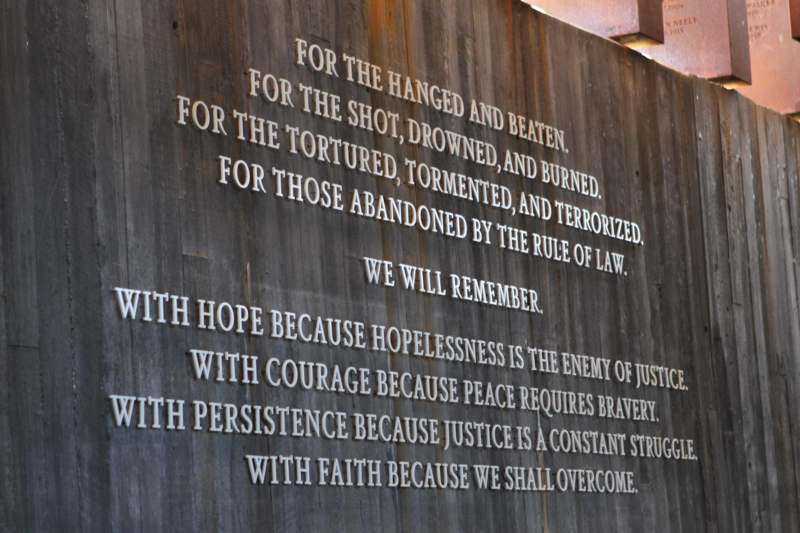
Students visit The Legacy Museum and the National Memorial for Peace and Justice. More than 4,400 African American men, women, and children were hanged, burned alive, shot, drowned, and beaten to death by white mobs between 1877 and 1950. Until now, there had been no national memorial acknowledging the victims of racial terror lynchings.
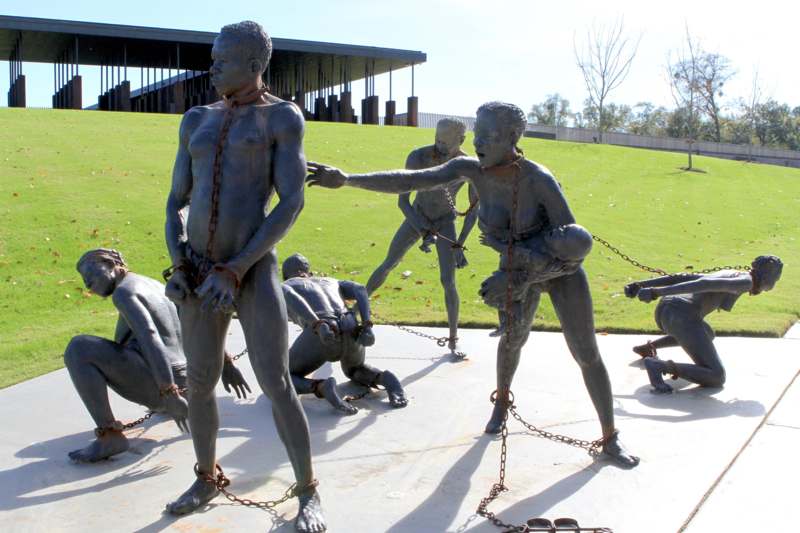
The National Memorial for Peace and Justice is the nation’s first memorial dedicated to the legacy of enslaved Black people, people terrorized by lynching, African Americans humiliated by racial segregation and Jim Crow, and people of color burdened with contemporary presumptions of guilt and police violence.
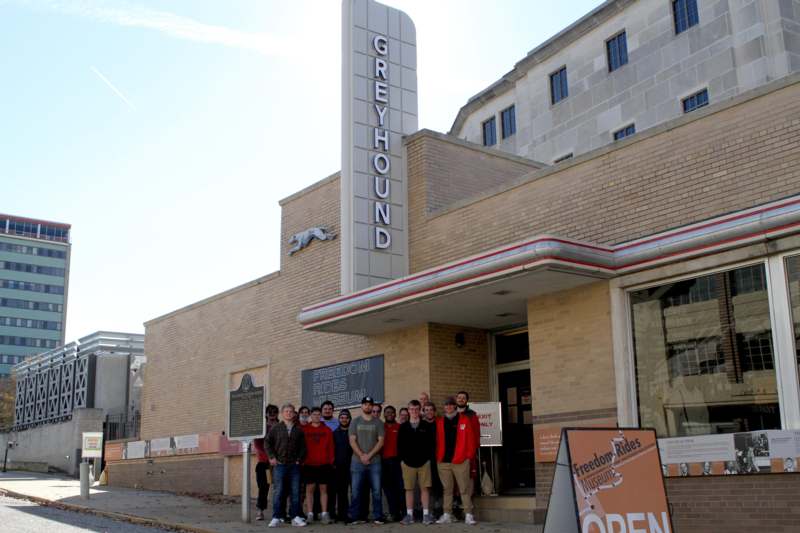
Students pose for a photo in front of the museum, which was once the Montgomery Greyhound Bus Station. It was there that then-student leader John Lewis shouted, “Stand together. Don’t run. Just stand together!” when protestors attacked Freedom Riders and tried to stop the symbolic effort to end segregation.
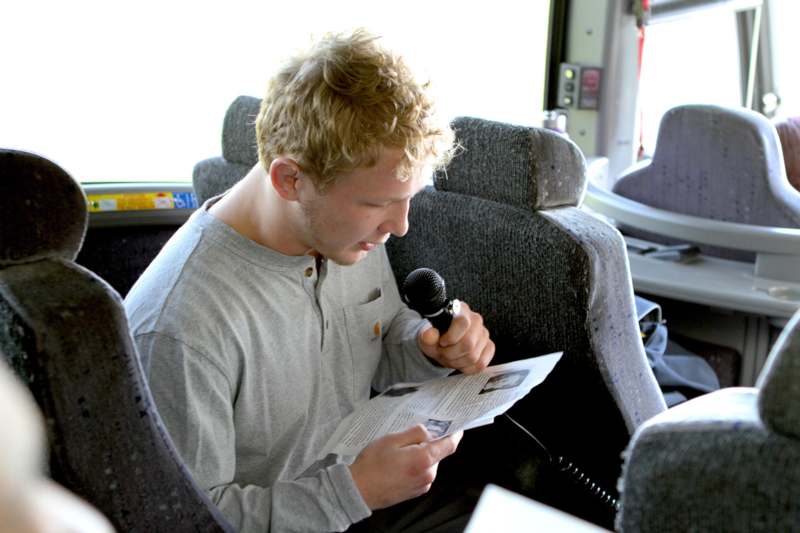
After students visit the Viola Liuzzo Memorial Marker in Lowndesboro, Alabama, Alex Barr ’22 reads a note about the civil rights activist. Liuzzo traveled to Alabama in March 1965 to help the Southern Christian Leadership Conference with its efforts to register Black voters in Selma. Not long after her arrival, Liuzzo was murdered by members of the KKK while driving a Black man from Montgomery to Selma.

The Civil Rights Memorial in Montgomery is a monument for the 40 people who died between 1954 and 1968 fighting for equal treatment of all people. Martin Luther King, Jr.’s “… we will not be satisfied until justice rolls down like waters and righteousness like a mighty stream,” line from the famous “I Have a Dream” speech is on display at the memorial.
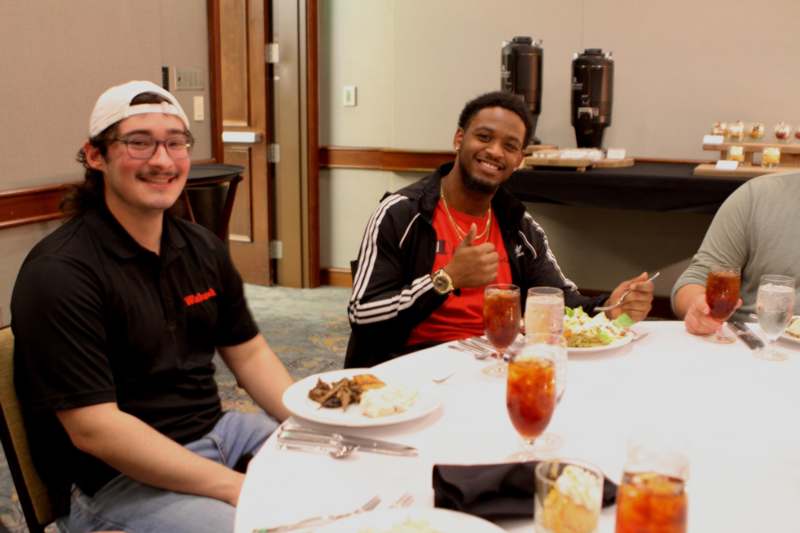
Thanks to generous donations made by Dr. Jim Kamplain ’71, students on the Civil Rights Road Trip got to enjoy a warm Thanksgiving meal together. Items on the menu included turkey, ham, salmon, mashed potatoes, stuffing, vegetables, fresh fruit, salad and pie – of course. Thank you, Dr. Kamplain for the delicious food!
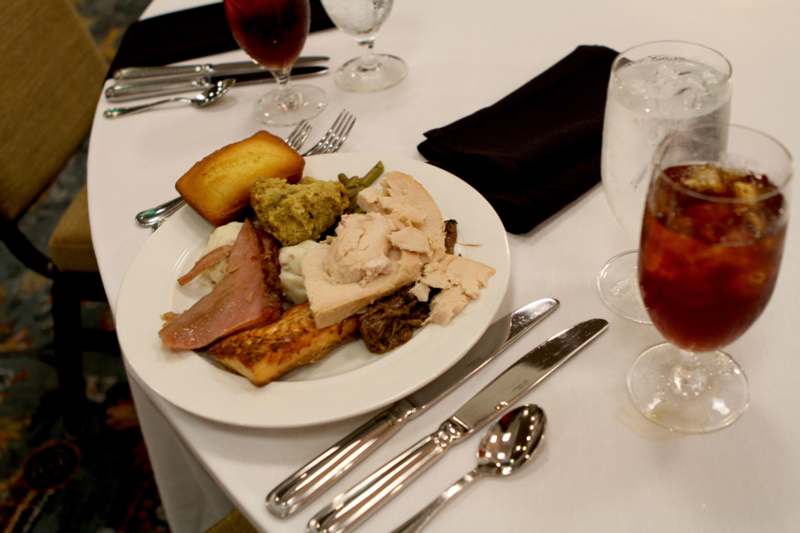
Thanks to generous donations made by Dr. Jim Kamplain ’71, students on the Civil Rights Road Trip got to enjoy a warm Thanksgiving meal together. Items on the menu included turkey, ham, salmon, mashed potatoes, stuffing, vegetables, fresh fruit, salad and pie – of course. Thank you, Dr. Kamplain for the delicious food!
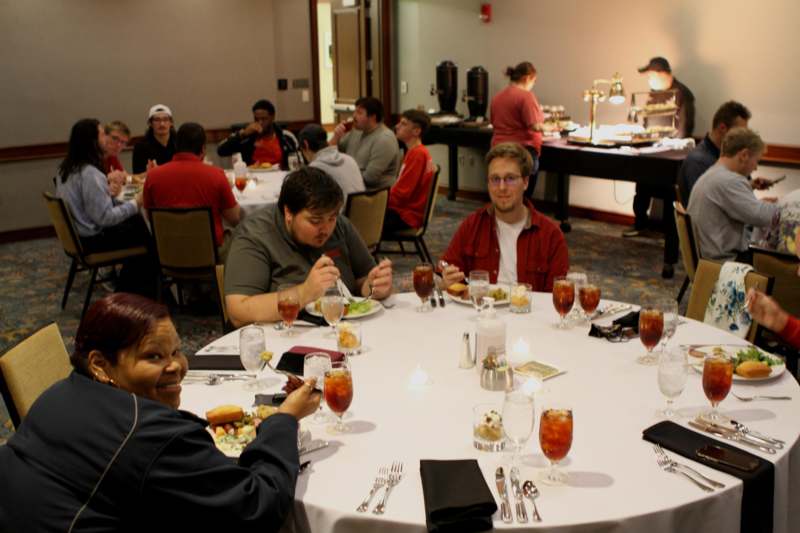
Thanks to generous donations made by Dr. Jim Kamplain ’71, students on the Civil Rights Road Trip got to enjoy a warm Thanksgiving meal together. Items on the menu included turkey, ham, salmon, mashed potatoes, stuffing, vegetables, fresh fruit, salad and pie – of course. Thank you, Dr. Kamplain for the delicious food!

